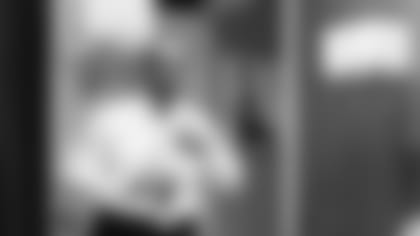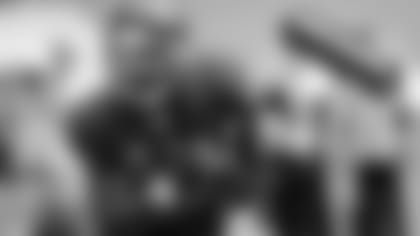ChicagoBears.com looks back at when two teams called the ballpark home.

On September 11, 2016, the Bears kicked off their 97th season of play on a sunny Sunday afternoon in Houston against the Texans. The fact that the Bears had to get on a plane to open the regular season was somewhat noteworthy, as the team had started off the year in Chicago every season since 2010. But the fact that the Week 1 tilt was in Houston was an interesting coincidence. Because on that day, in that very same town, was another professional Chicago sports franchise, one that for more than half of the Bears' existence had a direct impact on where the season-opening football game would be played.

An airview of the crowd at Wrigley Field on December 29, 1963 before the NFL championship game against the New York Giants. (AP Photo)
Just six miles from where the Bears were playing the Texans, the Chicago Cubs were preparing for the last of a three-game series with the Houston Astros. For 50 years, from 1921 through 1970, the Bears shared a home stadium with the Cubs — Wrigley Field. Unlike the scheduling quirk in 2016, when both franchises played in Houston over the same weekend, the teams often crossed paths in those days.
Back when professional football started and the team needed a place to play, Bears founder, longtime coach and owner George S. Halas made an annual handshake deal with Cubs chairmen William Veeck Sr. and P.K. Wrigley, allowing the Bears to play their home games every fall at Wrigley Field (originally called Cubs Park). Halas wrote in his autobiography that in exchange for allowing the Bears to use the ballpark, the Cubs received 15 percent of the profits from ticket sales and concessions, unless the gate receipts exceeded $10,000, in which case the Cubs got 20 percent. Halas negotiated that the Bears kept all of the money from selling game programs. The main stipulation from the Cubs' side, however, was that the Bears had to open the season every year on the road, since the baseball team needed the stadium for games through September.
The story of how the Bears eventually left Wrigley Field and found a new place to play starts from that handshake agreement, and the football team's eventual need to change the deal that they had agreed to for a half-century.
* * * *
For the majority of the 50 years they played at Wrigley Field, the Bears were quite happy. The team won eight NFL championships playing at the stadium, always in front of sold out crowds. The grandstands and bleachers, which now rock for every Anthony Rizzo home run and Jon Lester strikeout, cheered legendary players like Red Grange, Sid Luckman and Mike Ditka every week. Because of the way the stadium is constructed, fans were right on top of the field, which stretched from the left field wall to the visitors' dugout along the first-base line. The only area of the stadium that was far away from the action were the right field bleachers, so Halas had temporary seats installed on the outfield grass to give patrons a closer look.
Bears players loved the advantage they received from playing at the ballpark, and the team had success there. During the 50 seasons the stadium served as the team's home, the Bears went 219-89-22 at Wrigley Field.
Take a look at a small collection of Bears game programs from the years spent playing home games at Wrigley Field.

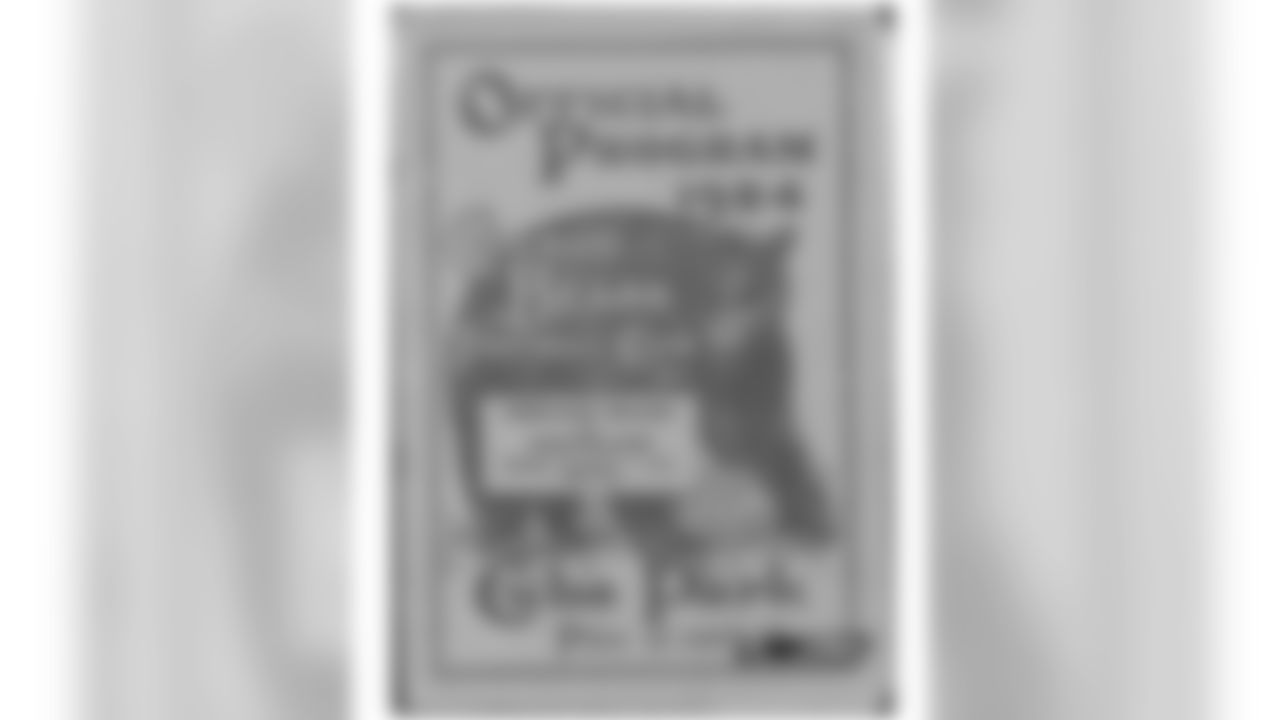
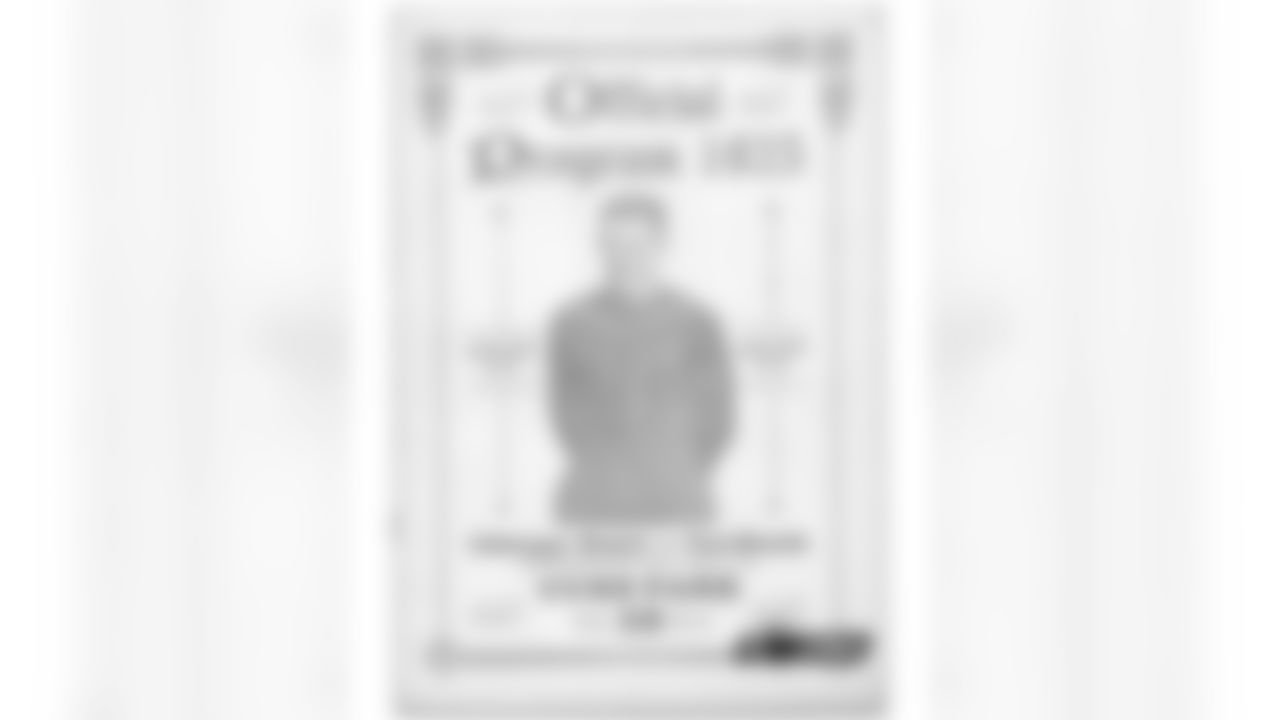
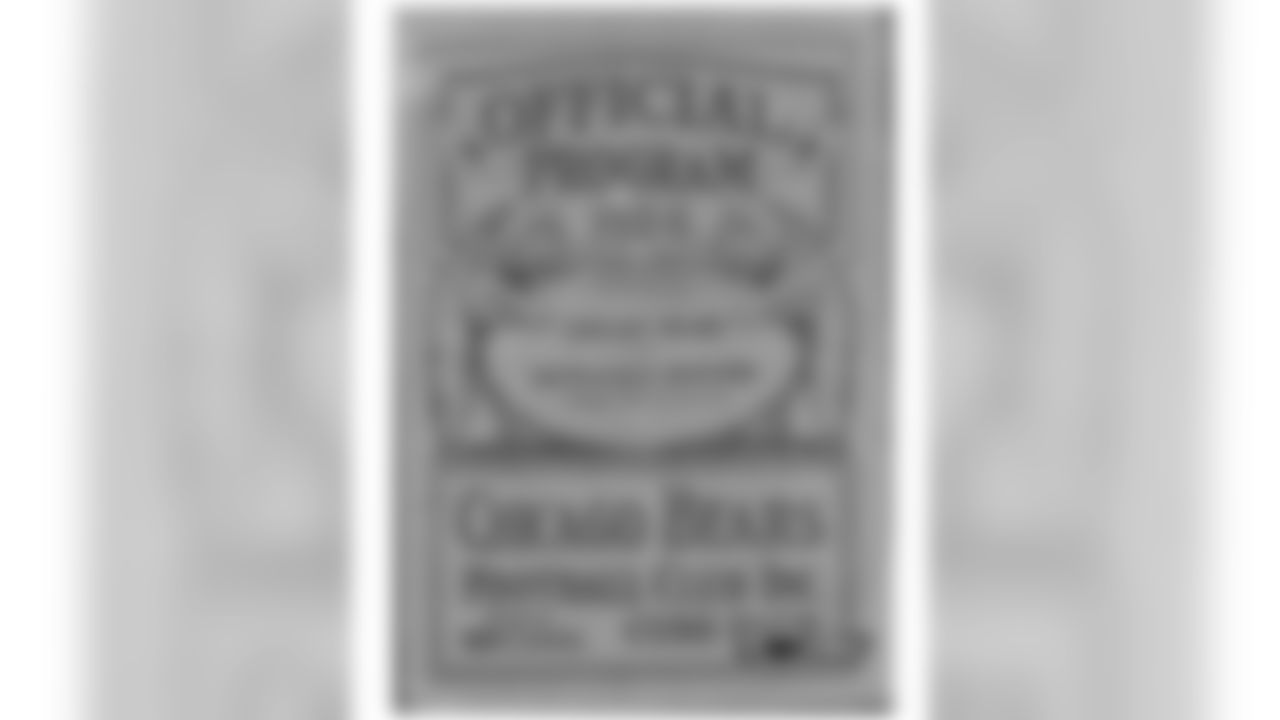
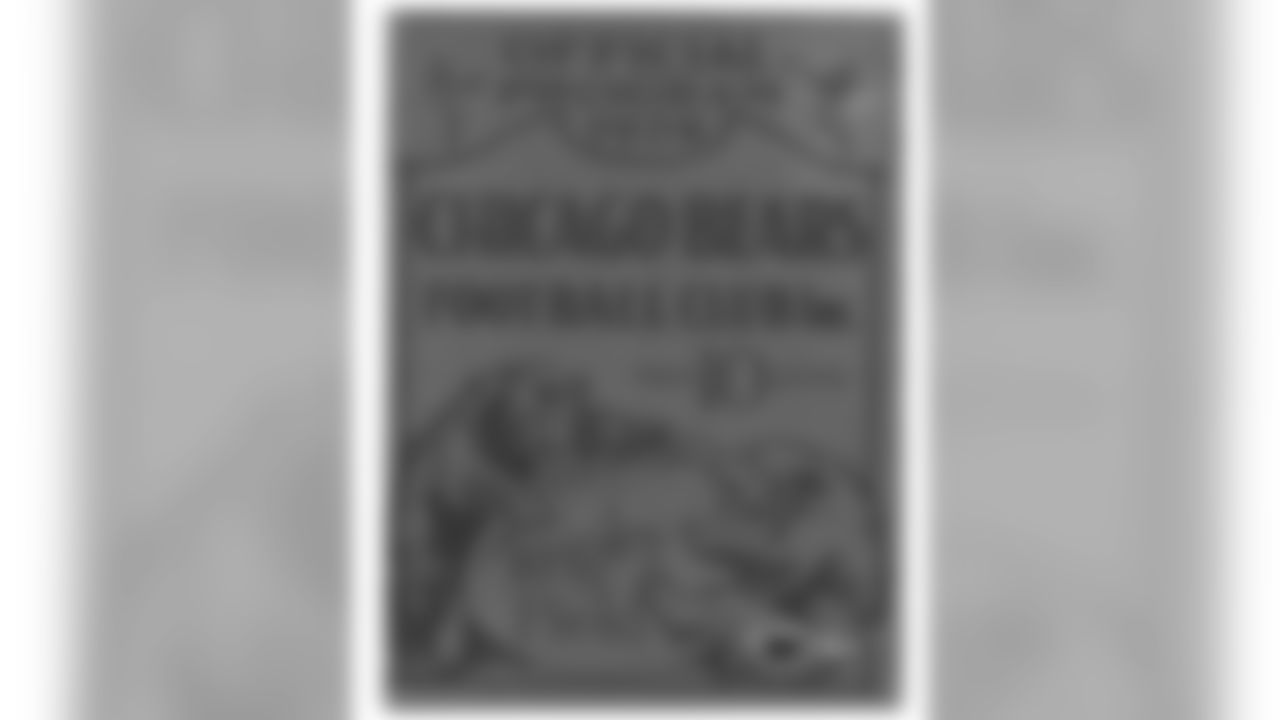
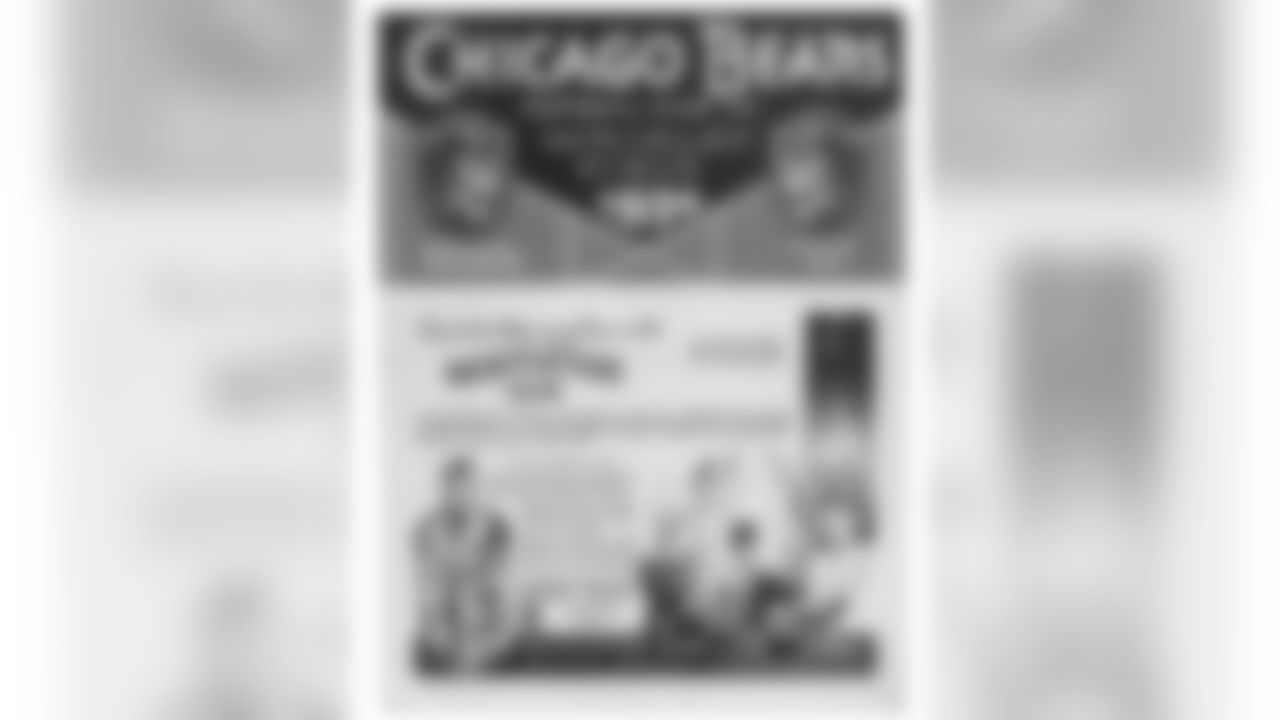
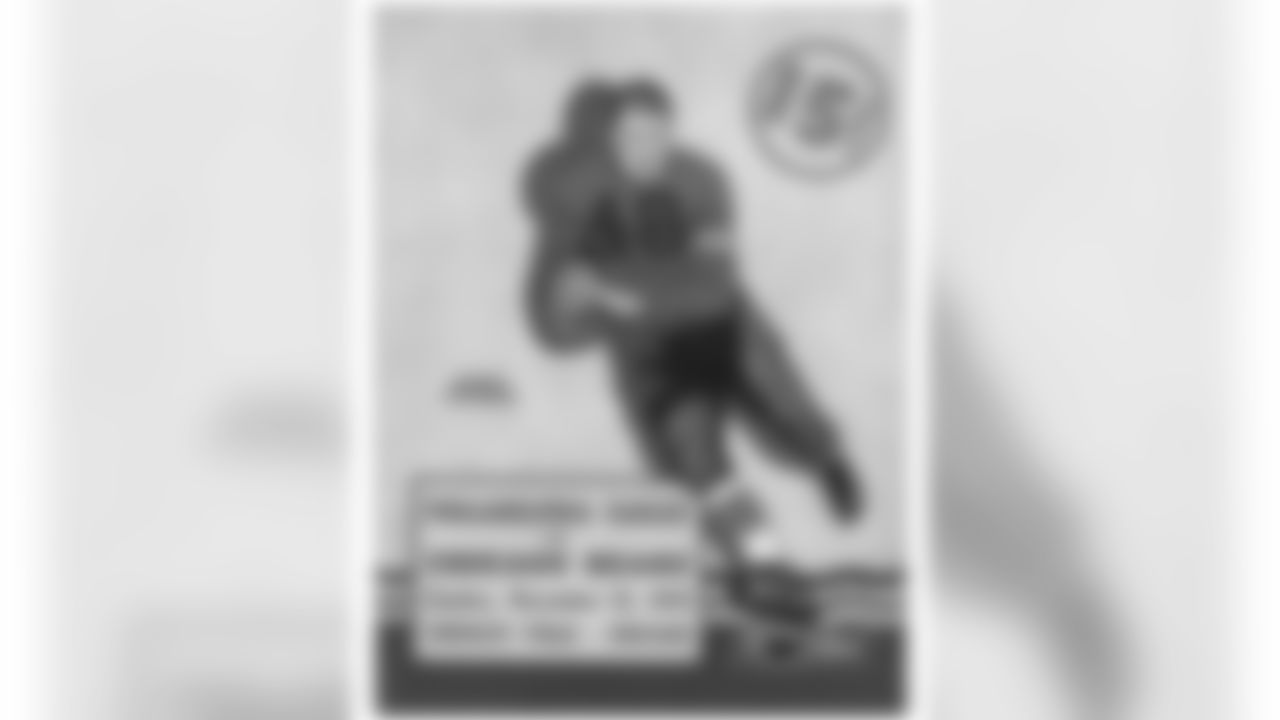

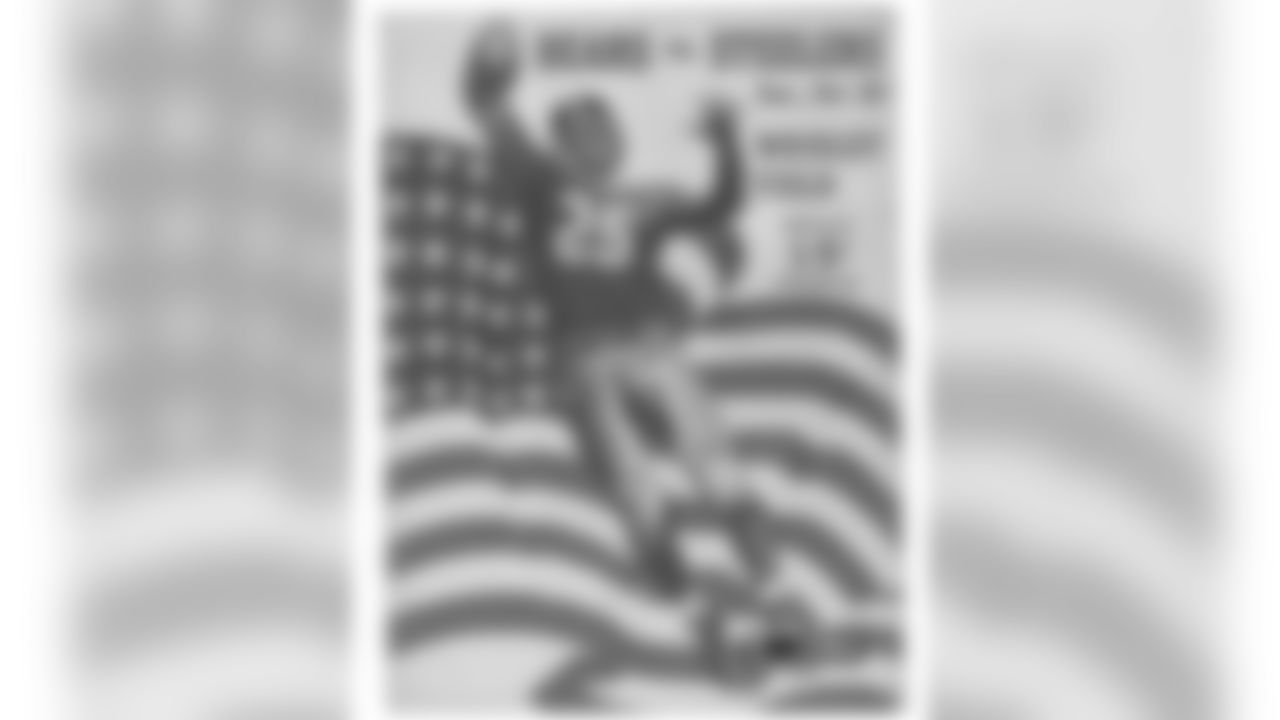
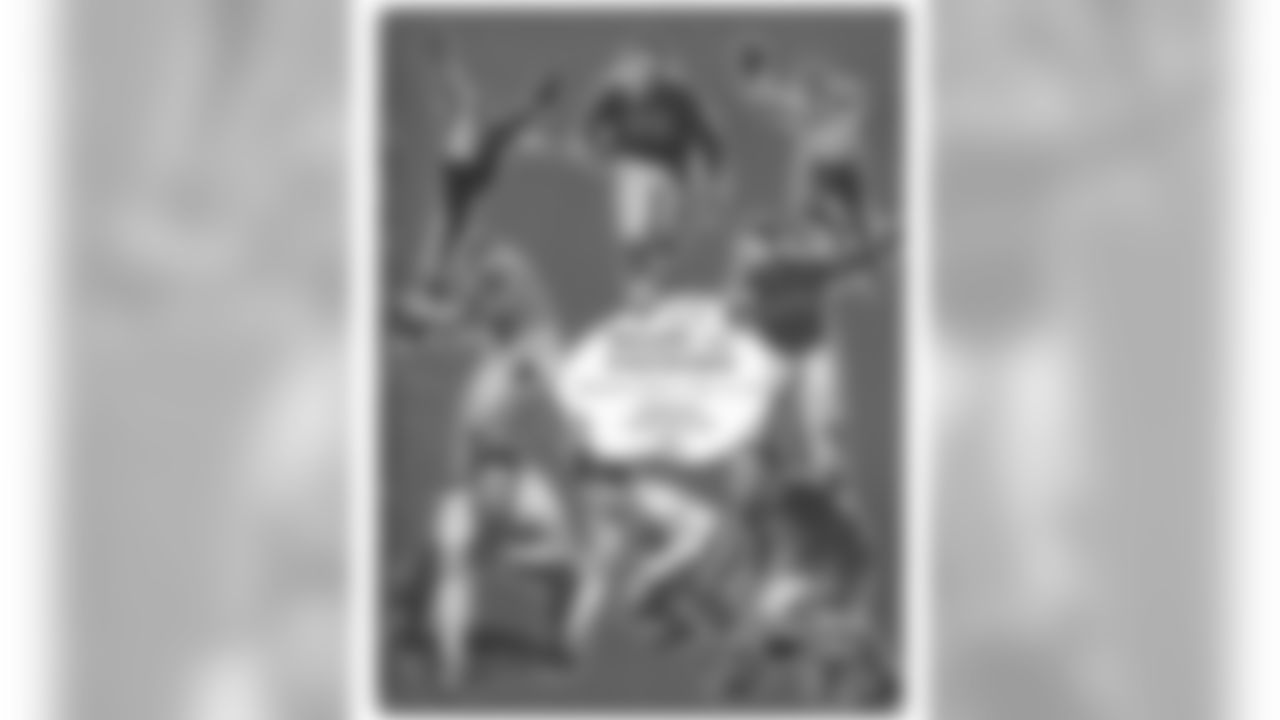

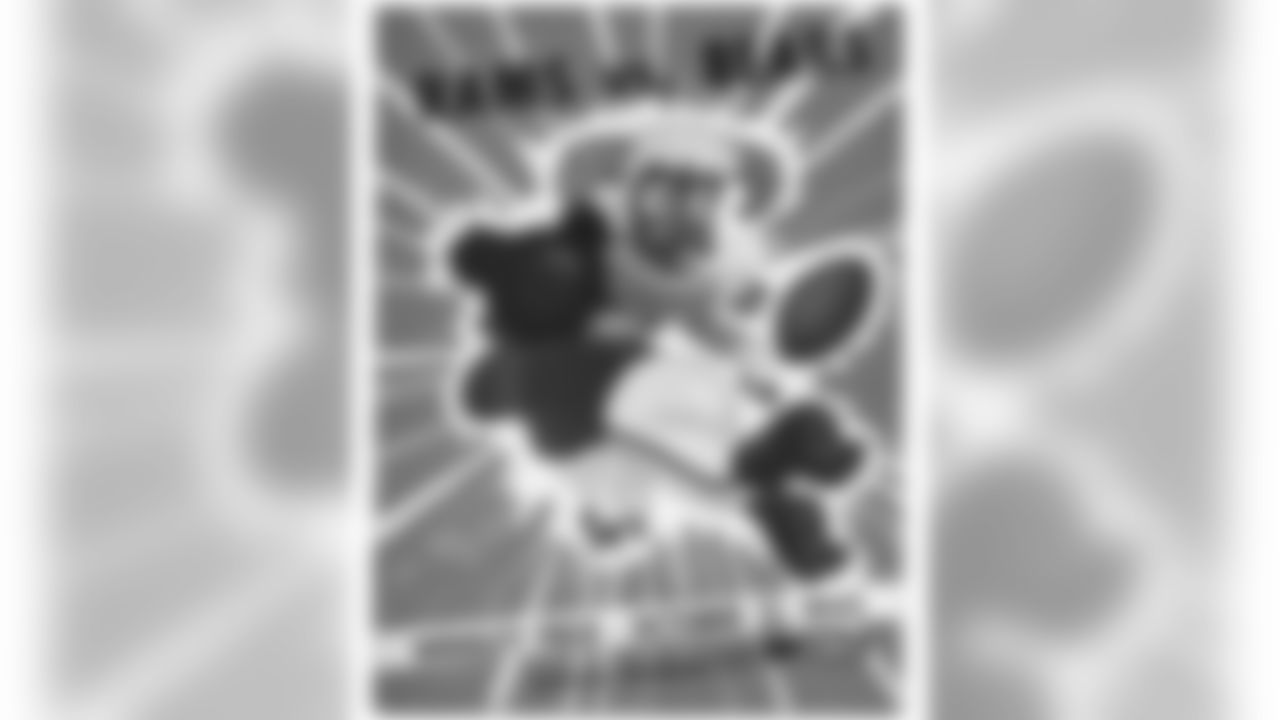
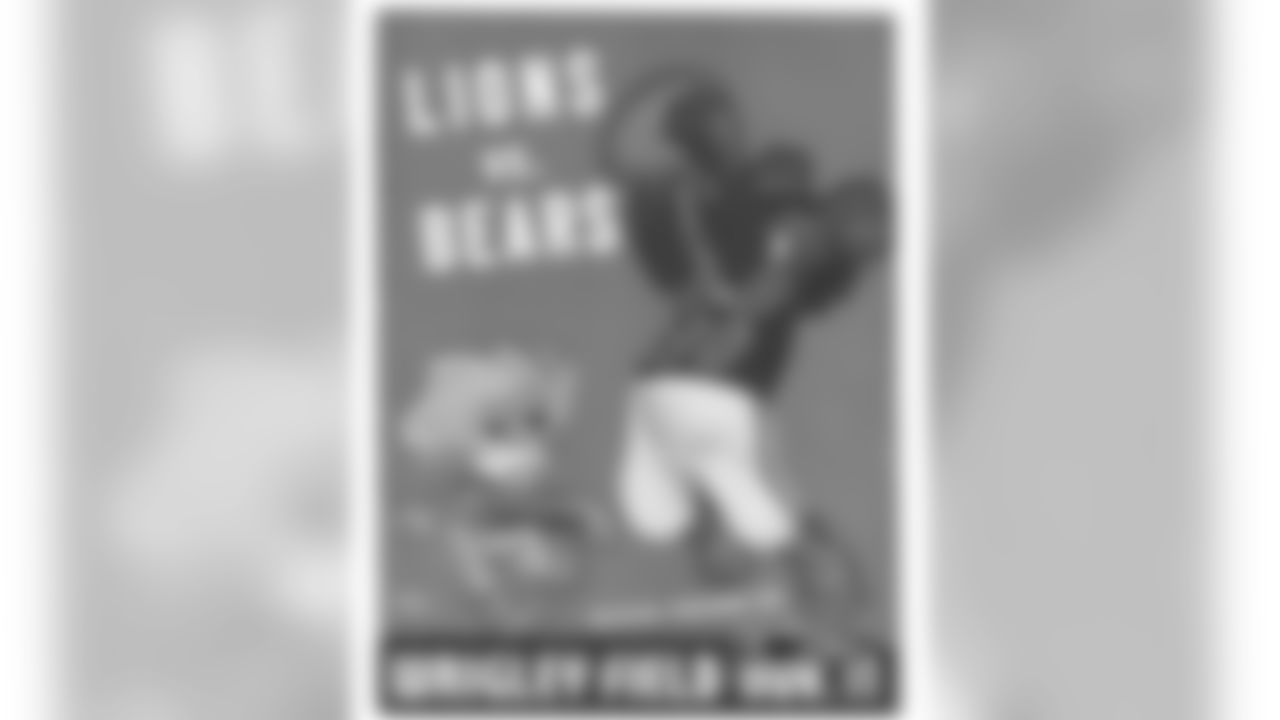

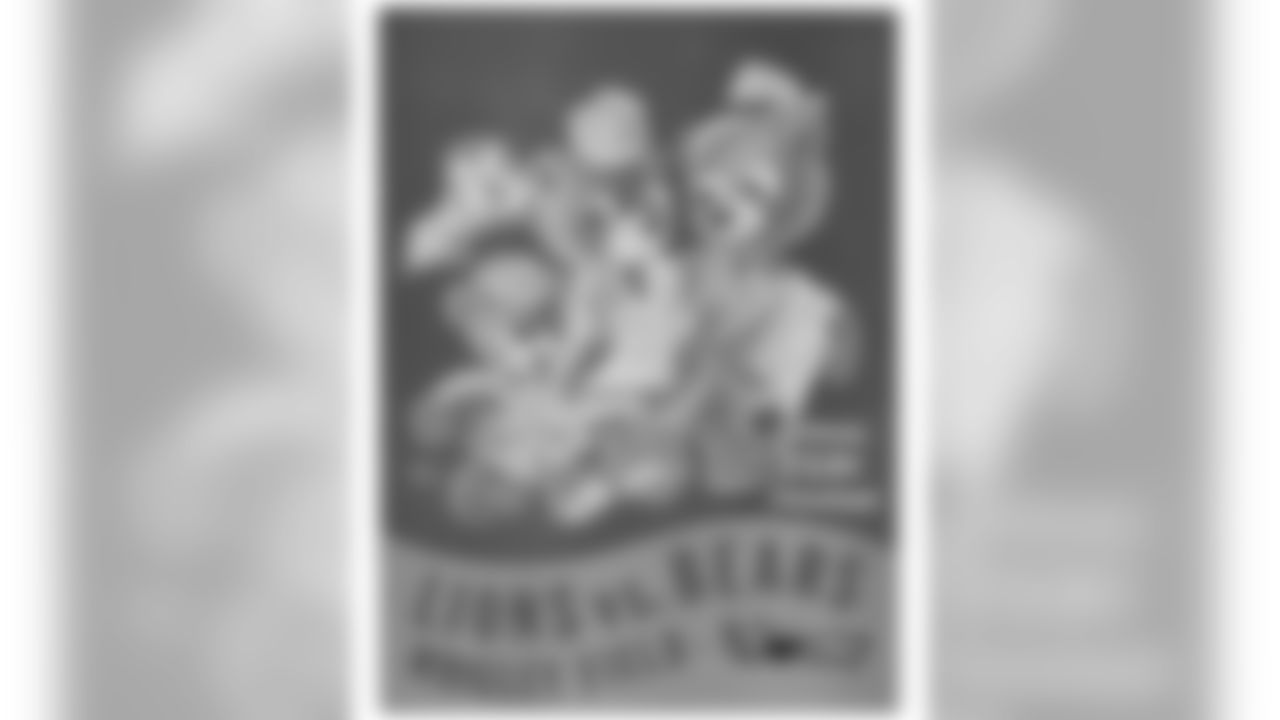
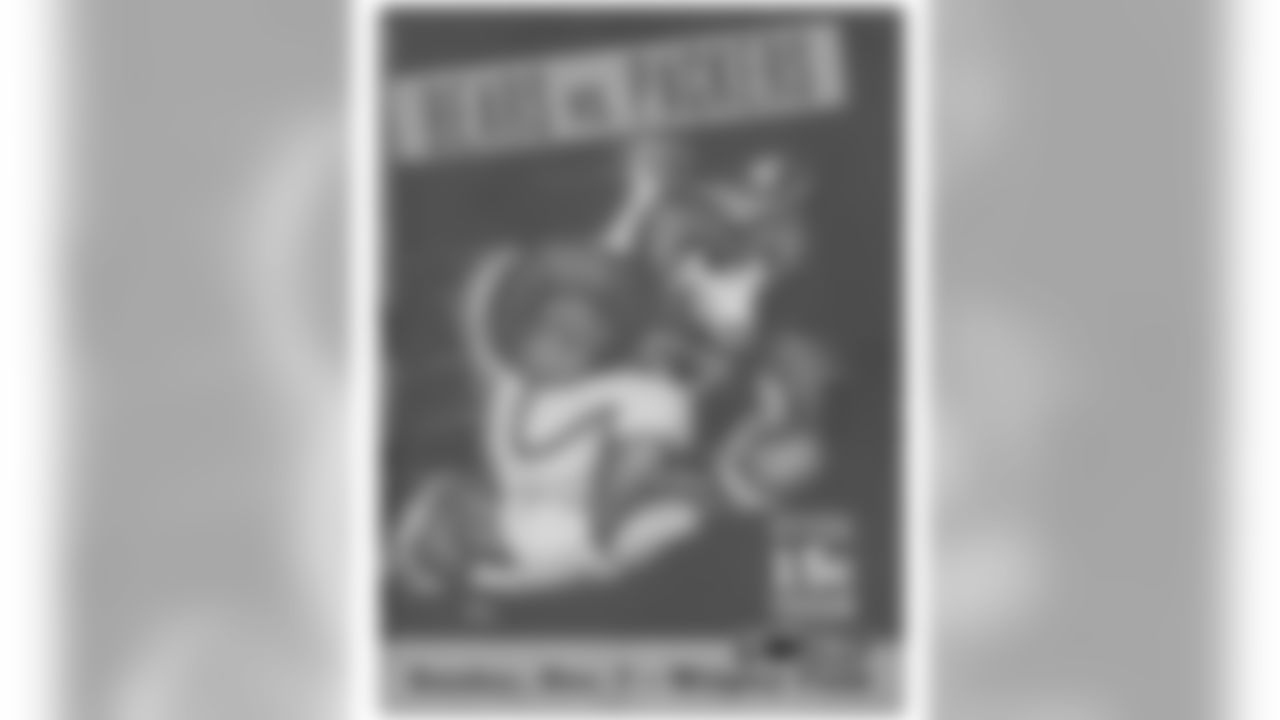

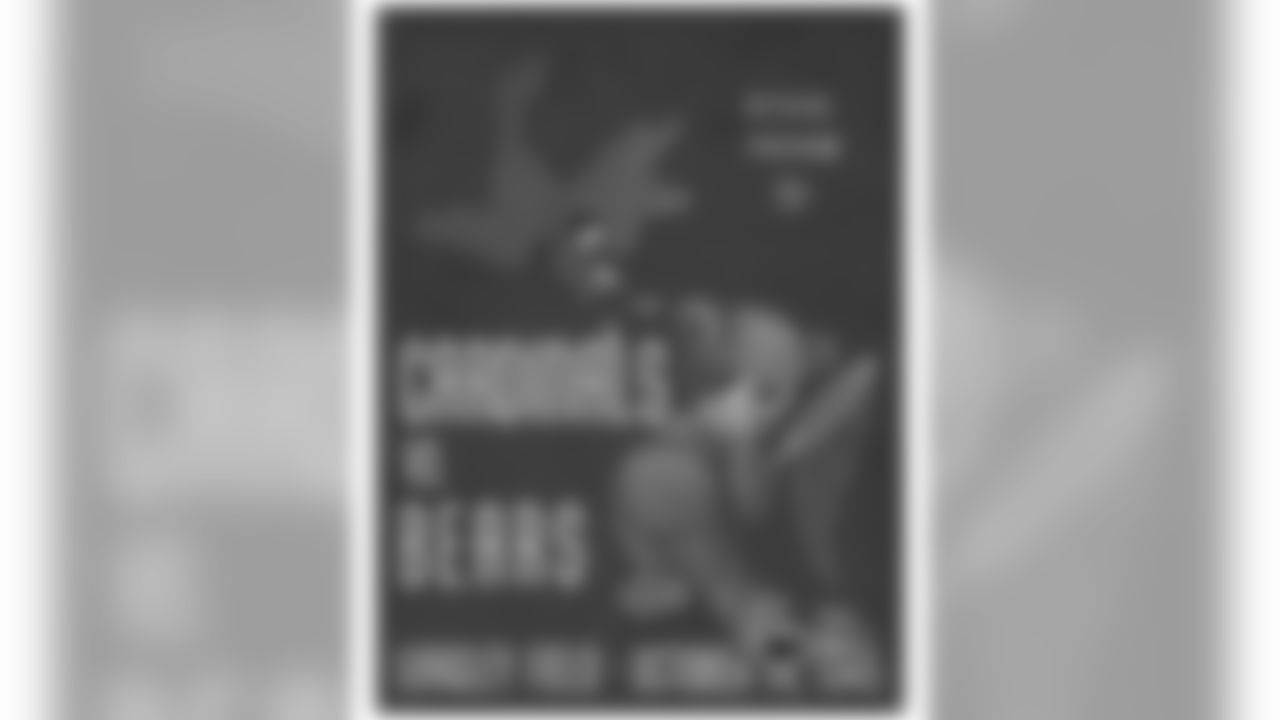




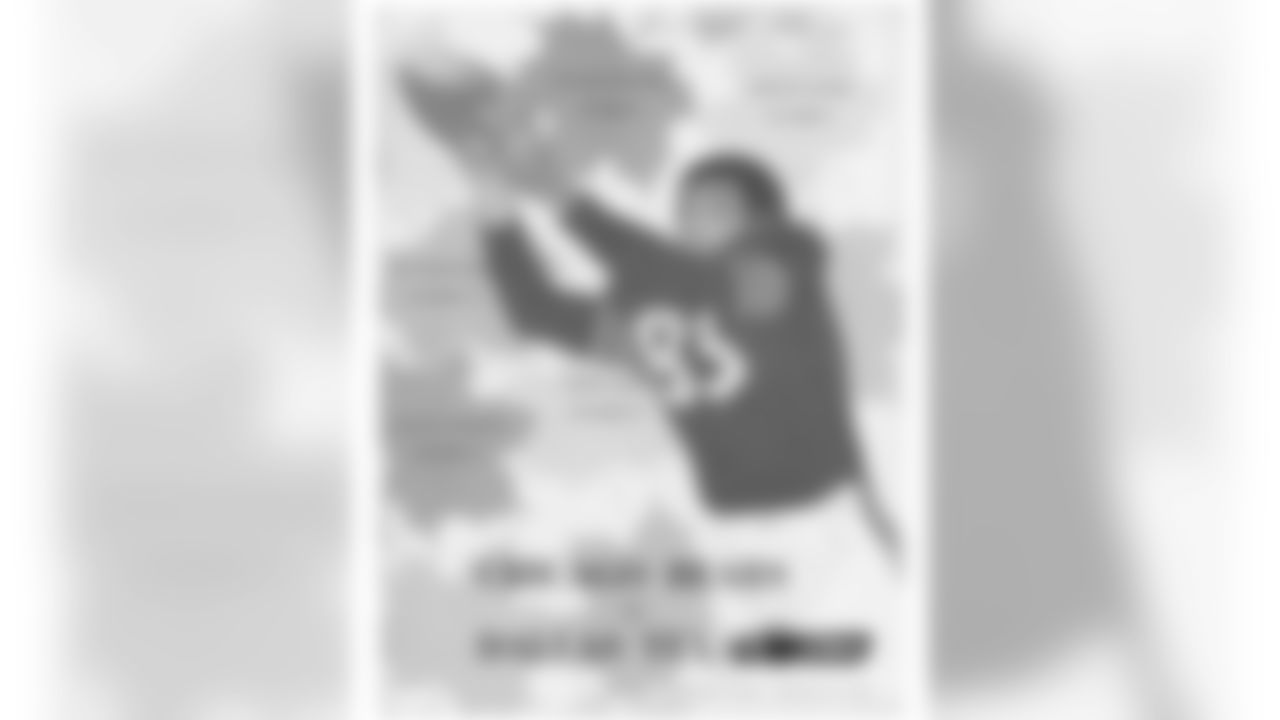

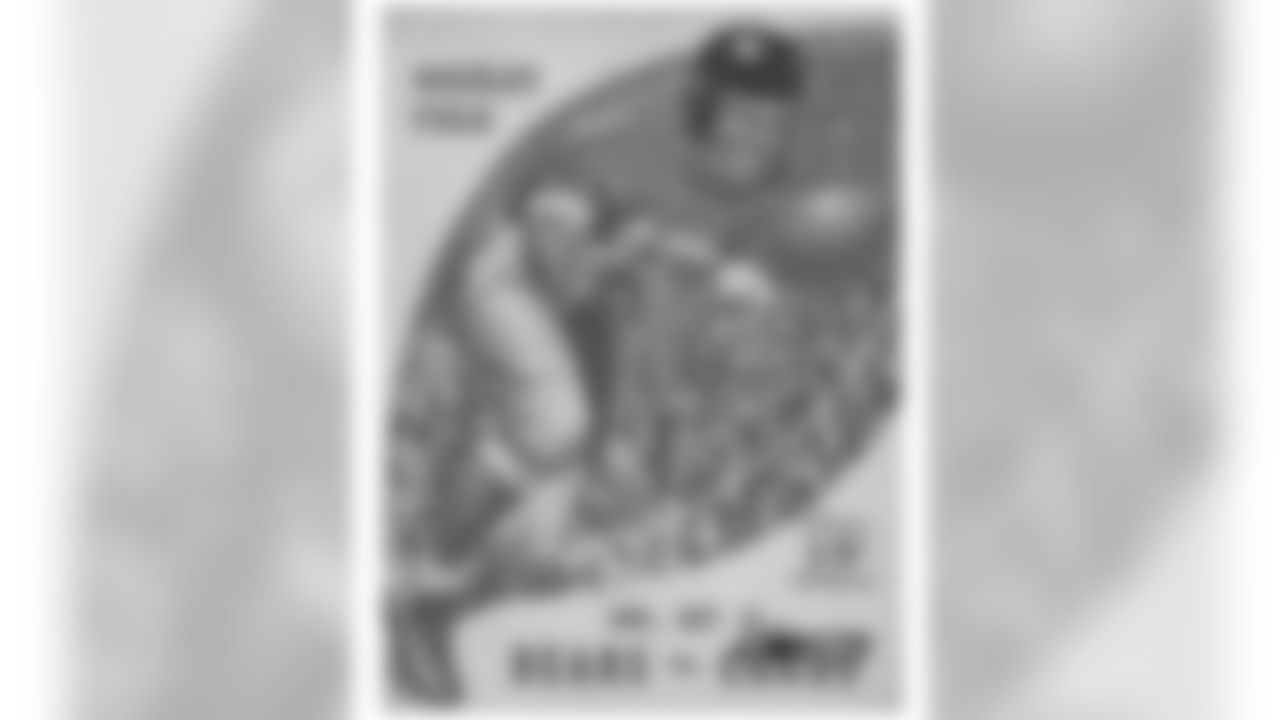
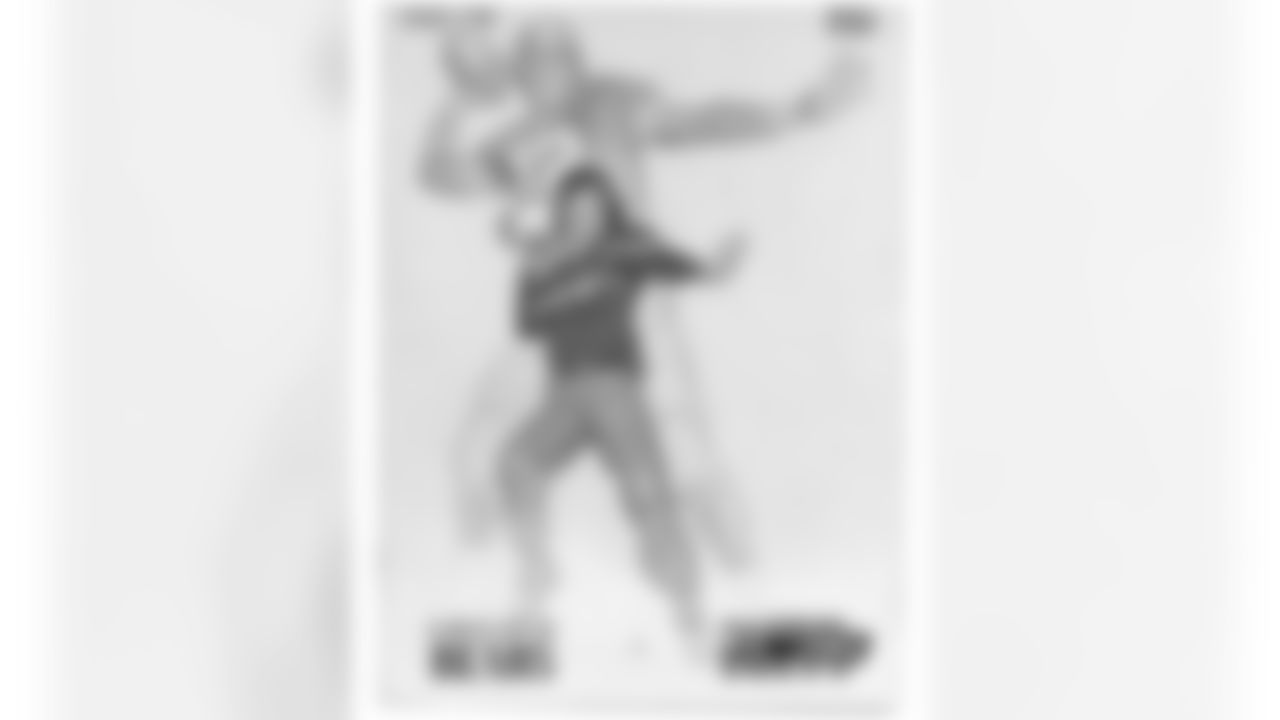
"It was a tremendous place to see a football game because you were very close to the field," said Patrick McCaskey, Halas' grandson, a member of the Bears' board of directors and the senior director of special projects for the team. Some games, McCaskey and his siblings used to sit on a blanket on the sideline, hearing up close what their grandfather would yell at officials and his players. Other times, they would roam the park, looking for the best place to watch the game. "I used to go around the field from different viewpoints," Patrick said. "I enjoyed being in the upper deck behind the south goal line because you could see the line splits."
Wrigley Field certainly had its quirks as a football stadium. The qualities that make the venue unusual to this very day for baseball made it downright dangerous for football. The brick wall that surrounds the playing surface was a constant obstacle for wide receivers and running backs, forcing immediate stops to avoid a violent collision. In the northeast end zone, there was only 18 inches between the back of the playing field and the wall, giving opponents some hesitations about throwing fade routes to that side. Players who thought ivy would serve as padding soon learned otherwise. Meanwhile, the south end zone was not regulation size, as the dugout steps forced the back line of the playing field to be a half-yard short. Grounds crew workers filled the dugout steps with sand, leading to a playing field that wasn't even across its entire length.
For Bears players and opponents, the playing surface wasn't the only part of Wrigley Field that was cramped. The stadium's locker rooms also lacked the proper space. Built in 1914 for baseball players and rarely upgraded in the decades that followed, the room was a tight squeeze – for those who were even able to fit in.
"The shower room accommodated probably 20 guys, so everybody after the game would pile in there; you didn't know whose back you were washing," recalled former Bears offensive lineman Bob Wetoska, who played at Wrigley Field from 1960 to 1969. "The bathroom had just two stalls and two urinals, so there was no room for privacy, let's put it that way." The confined space also impacted the Bears' bottom line. Capacity for football games at Wrigley Field was just 45,000, and with the Cubs taking a percentage of the gate, Halas started looking to fit more people in the stands. By the 1960s, the owner began exploring for new places to play. Halas consulted with P.K. Wrigley and Chicago White Sox president Arthur C. Allyn in 1964 about building a new, 60,000-seat multi-sport stadium, which would be built just west of the Loop, but the plan fell through. As the decade came to the end, and the football team was still unhappy with its status as guests in its own home, the Bears decided that it was no longer in their best interests to renew the handshake deal with the Cubs and play at Wrigley Field every fall.
Problem was, the team was not sure where they would go.
* * * *
The Bears opened the 1970 season on September 19, defeating the New York Giants 24-16 at Yankee Stadium. It marked the 29th time in the 30 preceding seasons that Chicago had been on the road in Week 1, as the Cubs occupied Wrigley Field through the end of September. The following week the Bears were scheduled to play at home, but the baseball season hadn't come to an end. So the Bears opened their home slate versus the Eagles at Northwestern University's Dyche Stadium, in Evanston. Halas hoped to play more games in the northern suburb, but the Big Ten Conference ruled that professional sports could not be played in on-campus stadiums, putting an end to a long-term deal there.
Photos of Bears football during the years spent at Wrigley Field.
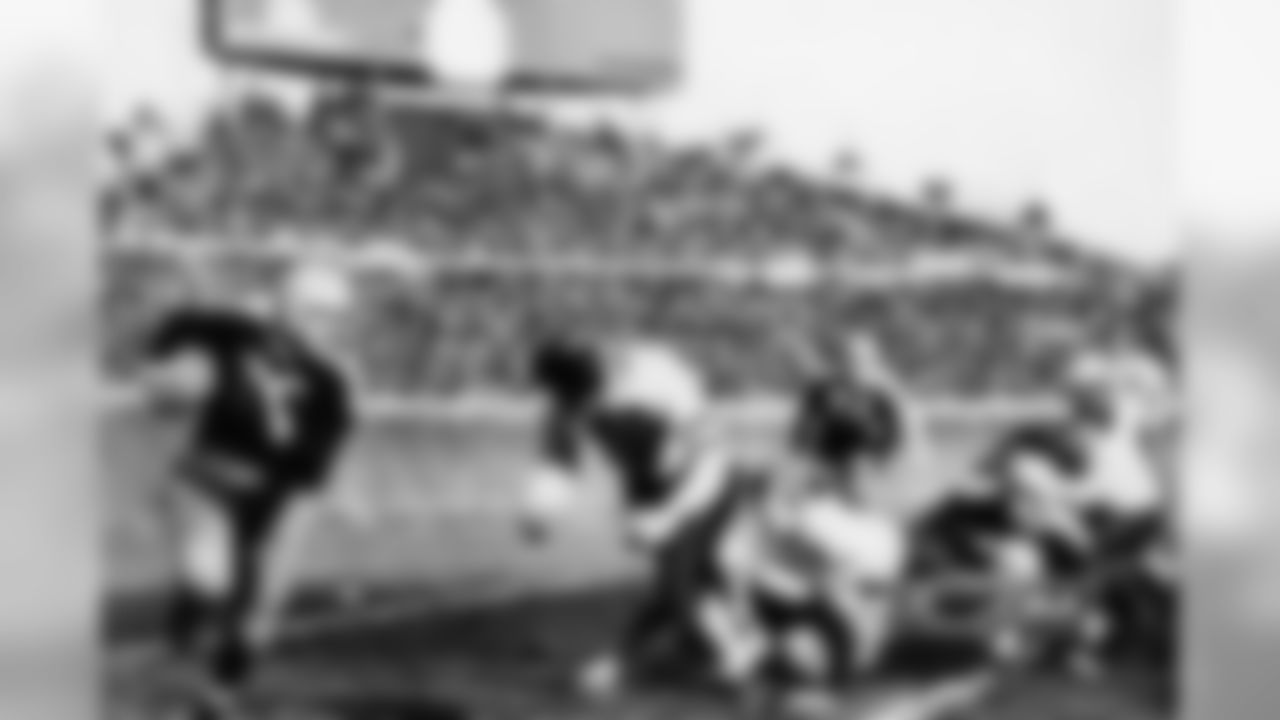
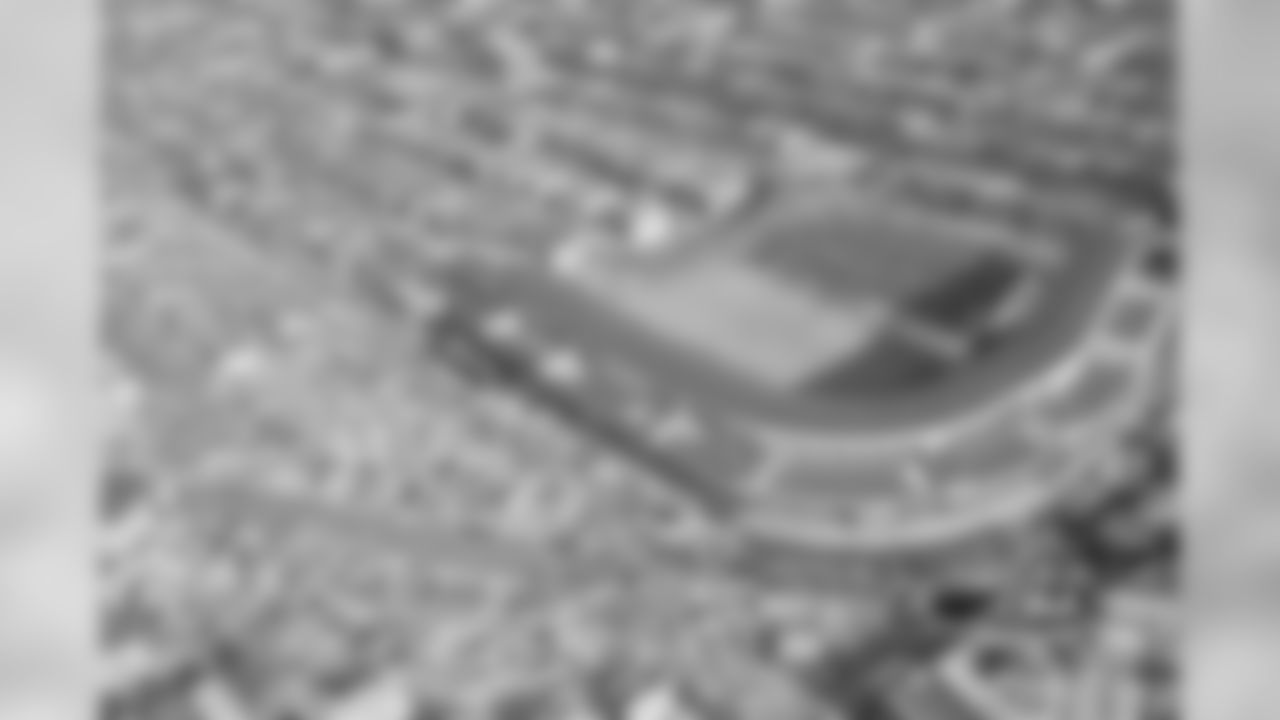
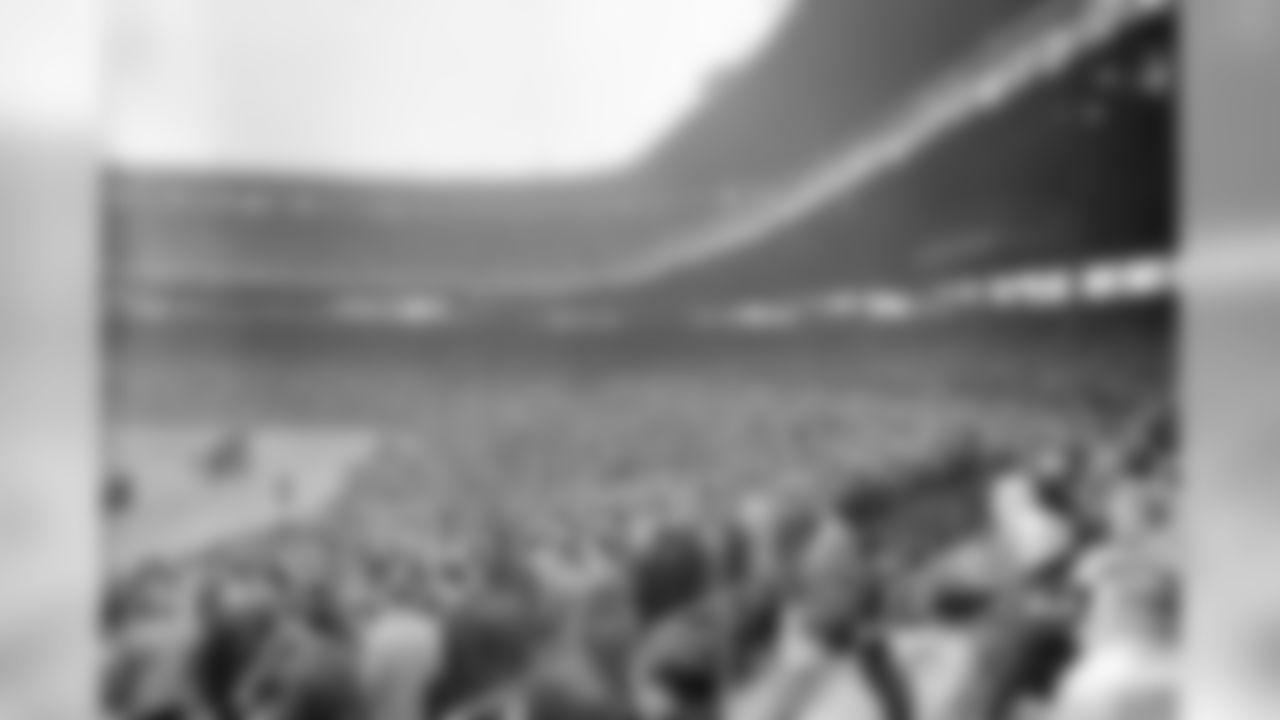
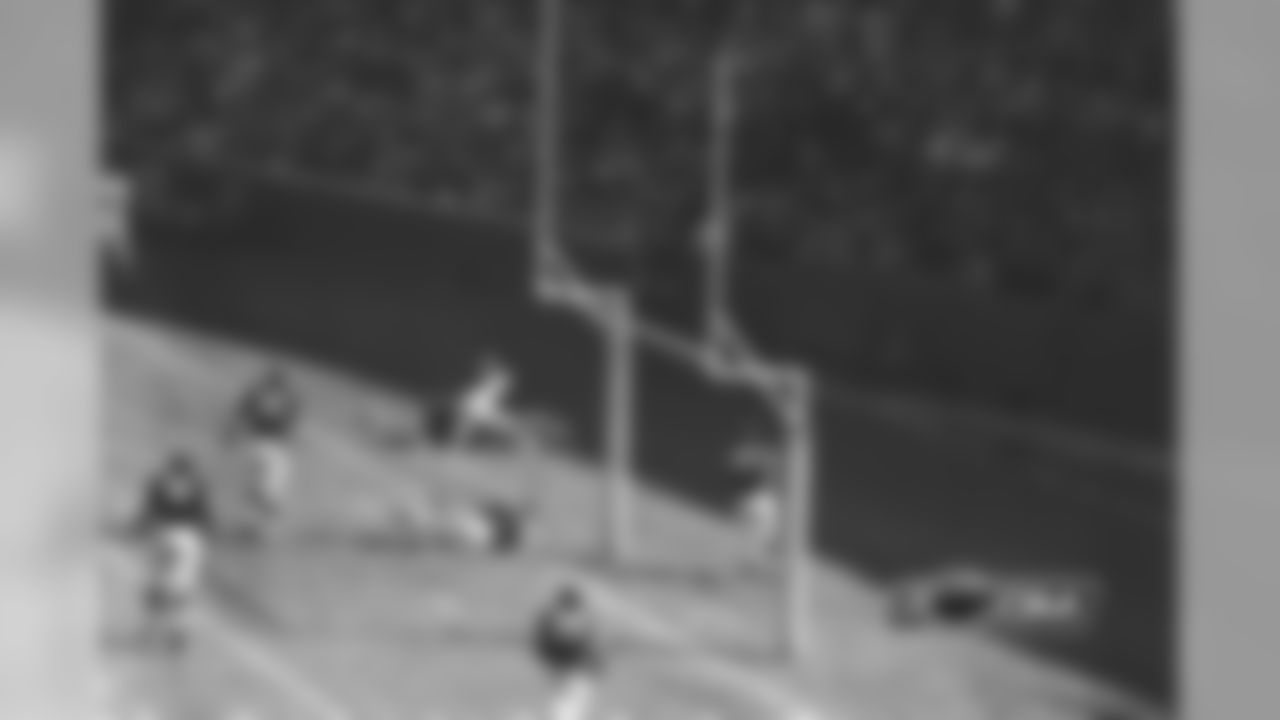
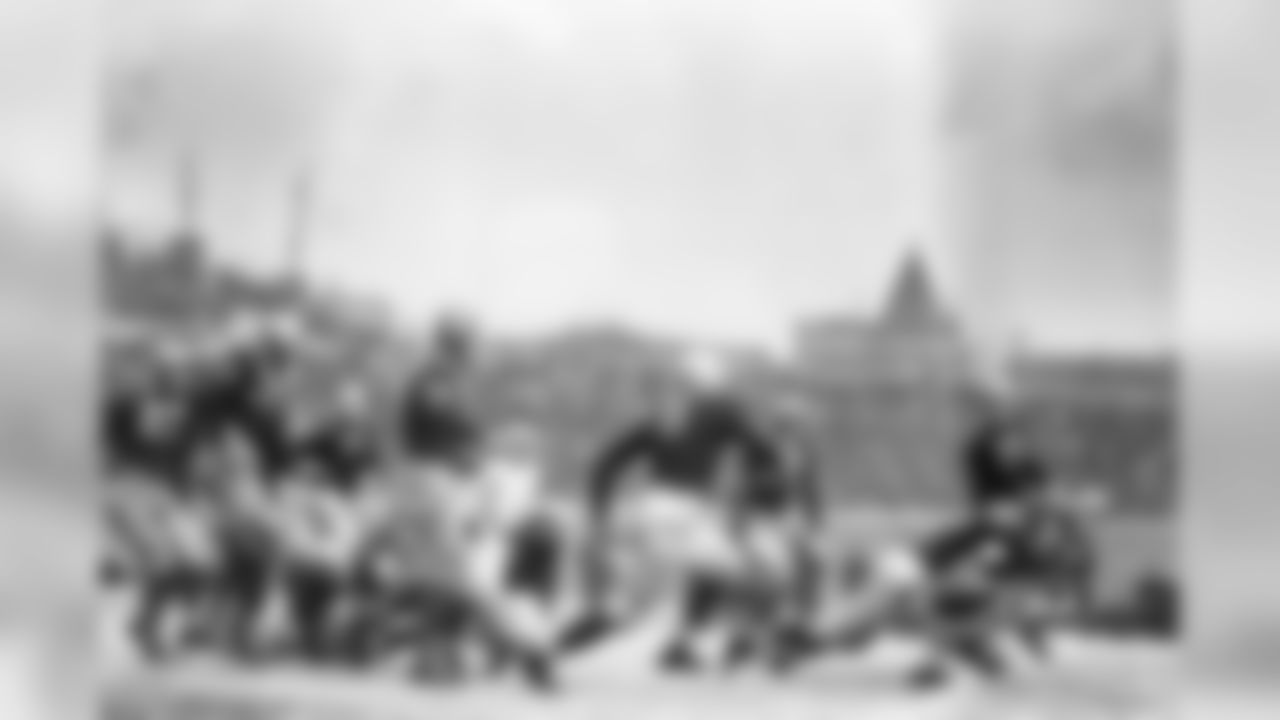
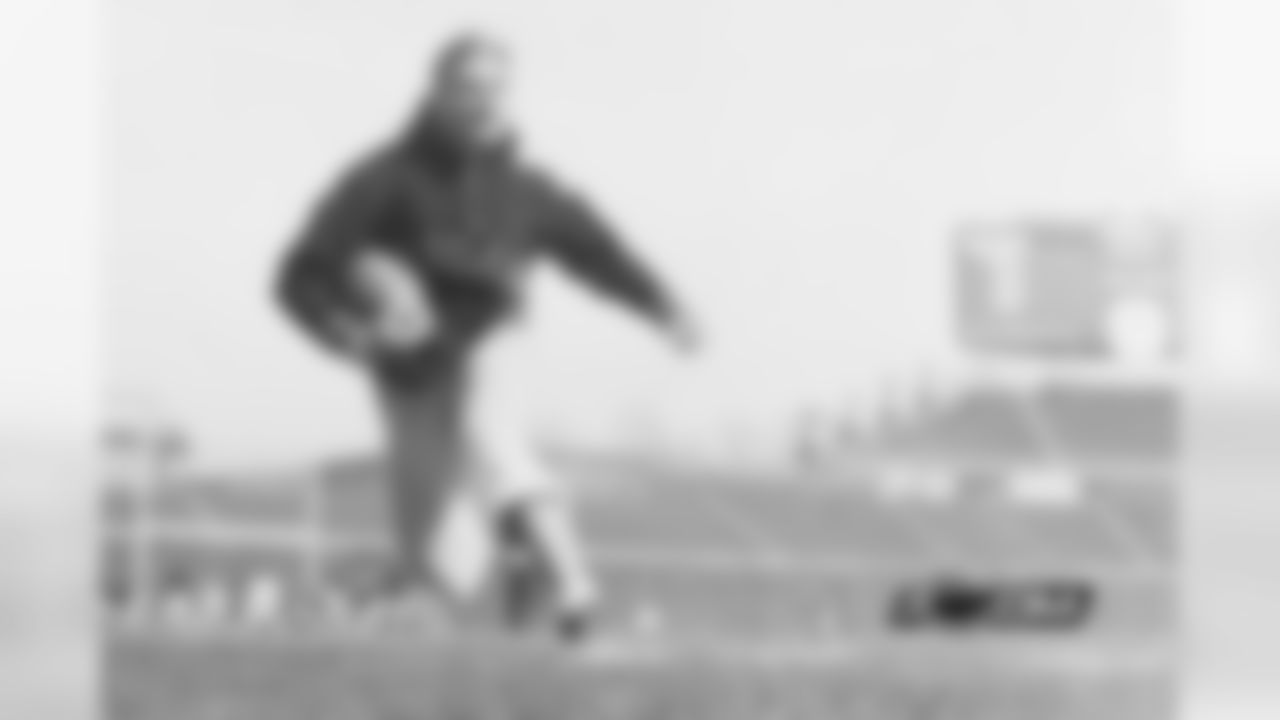
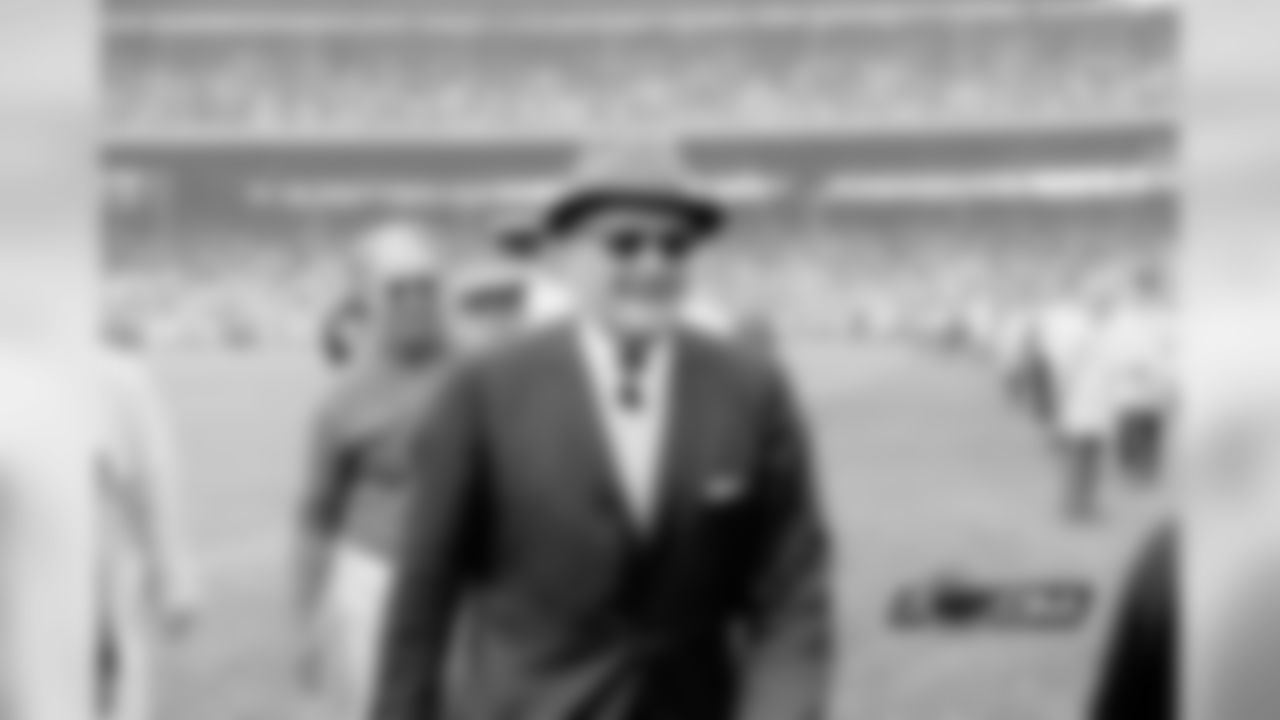
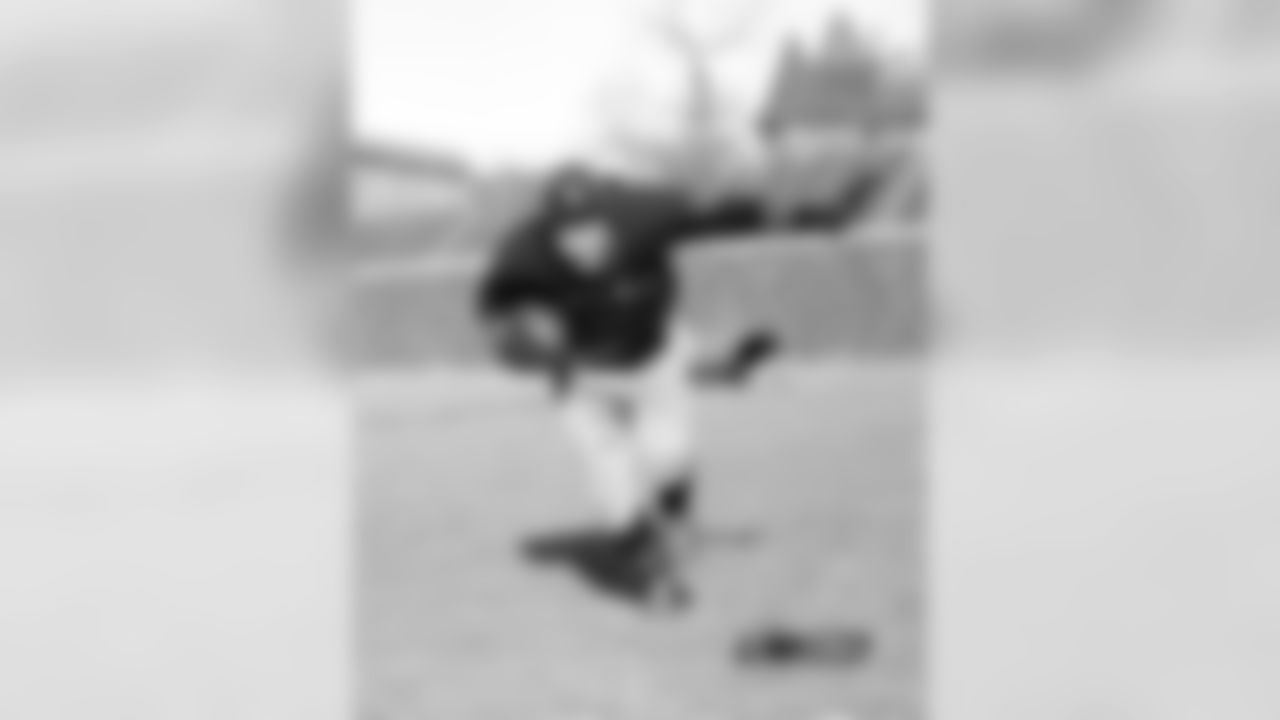
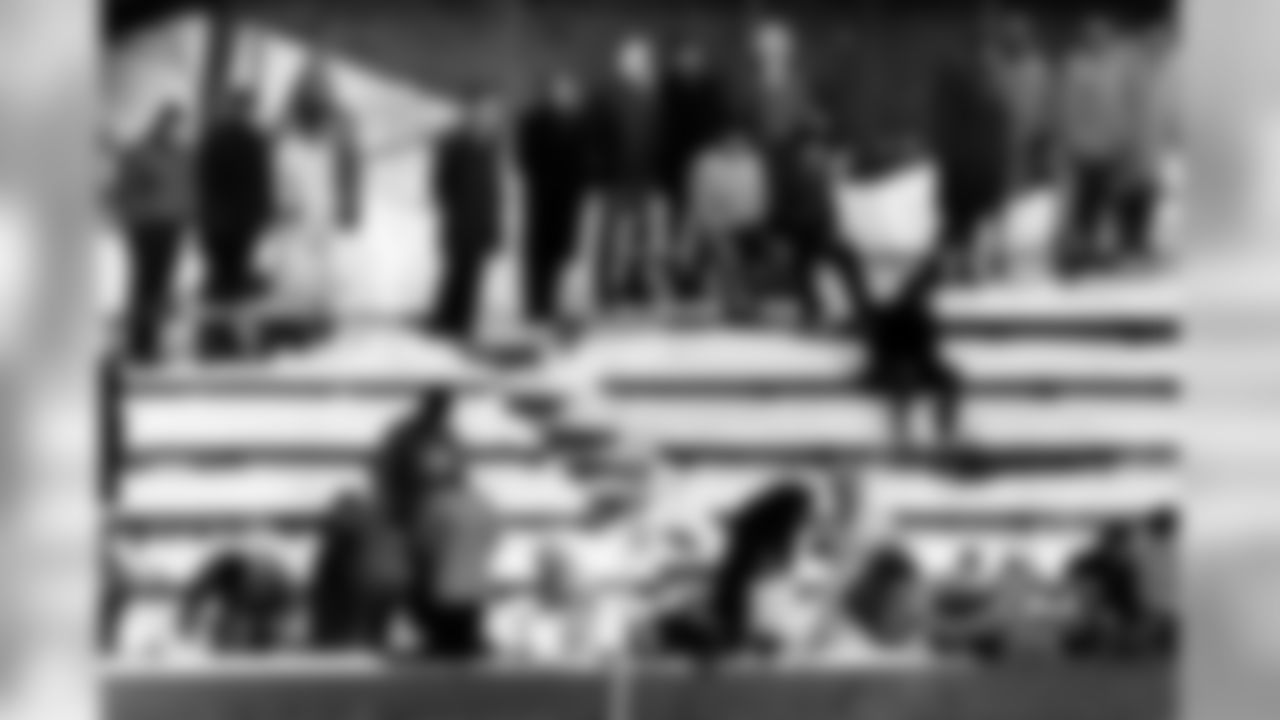
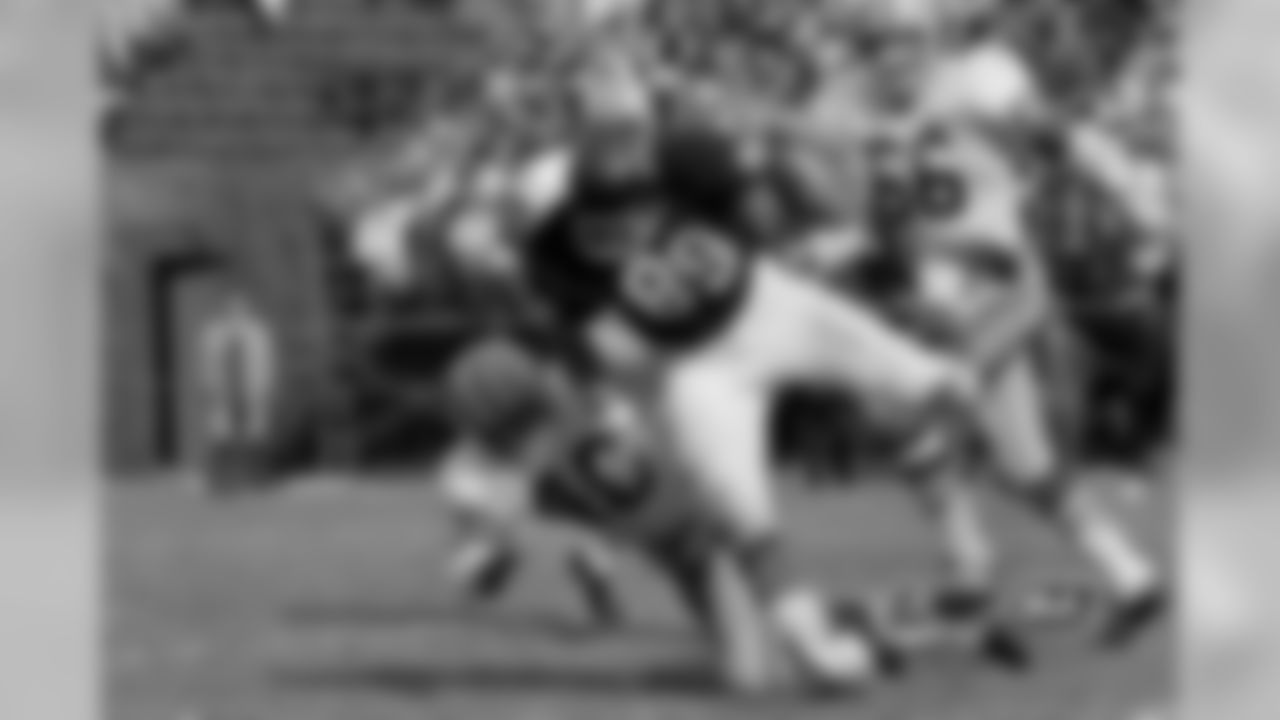
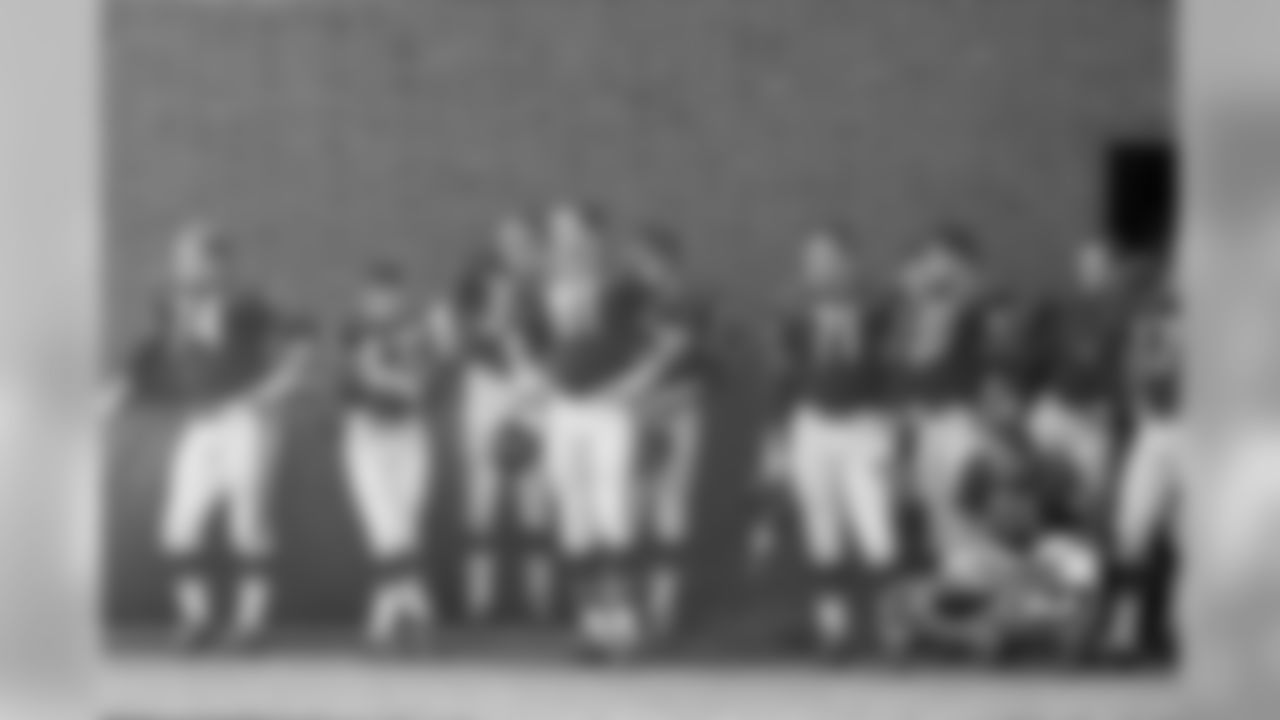
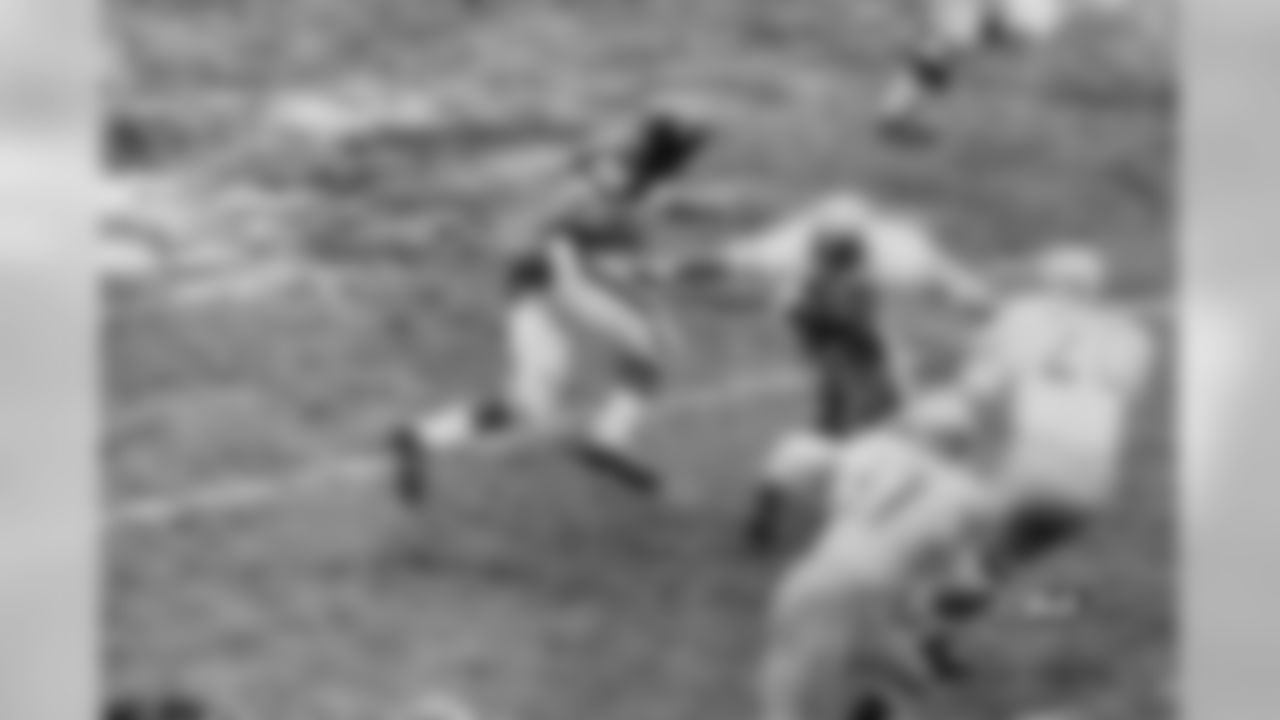
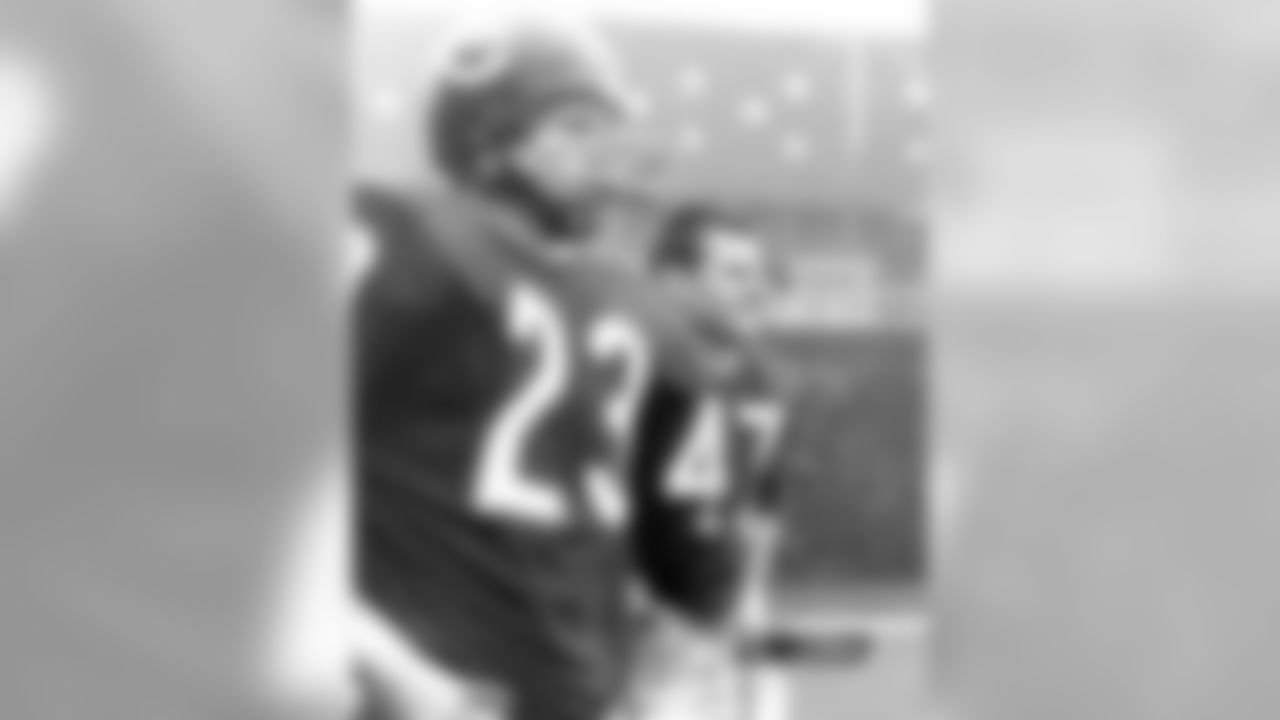
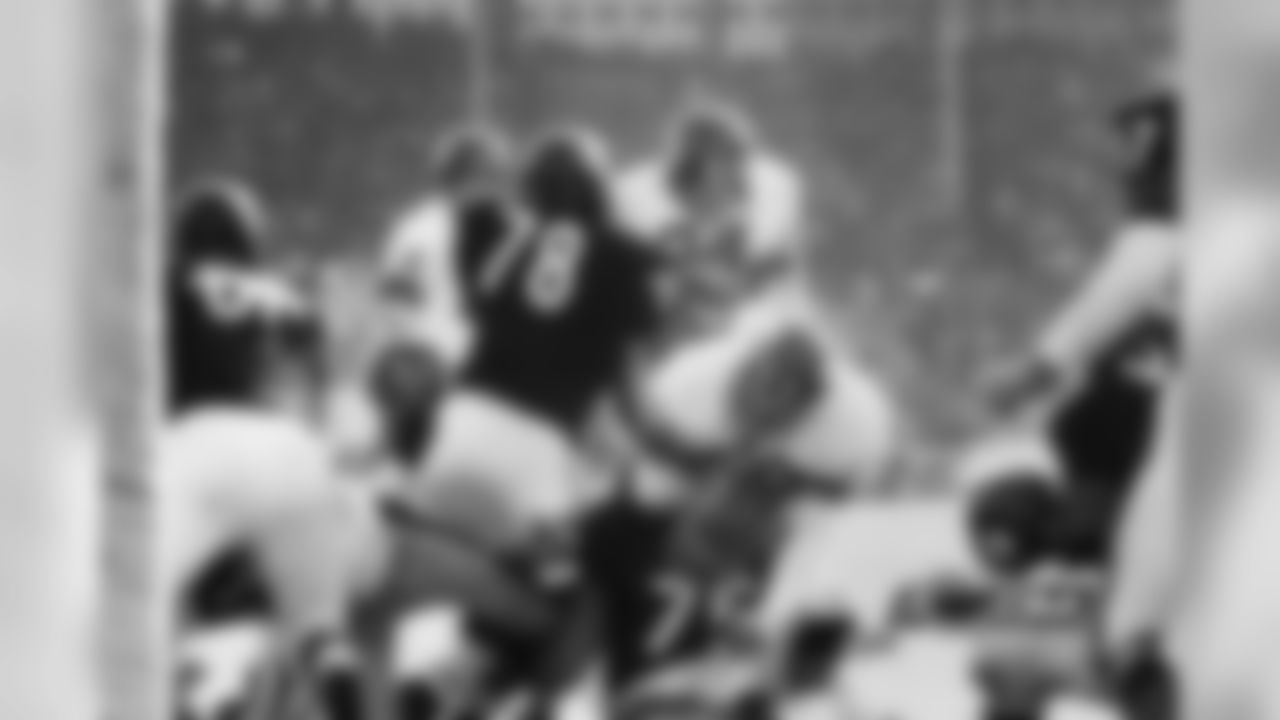
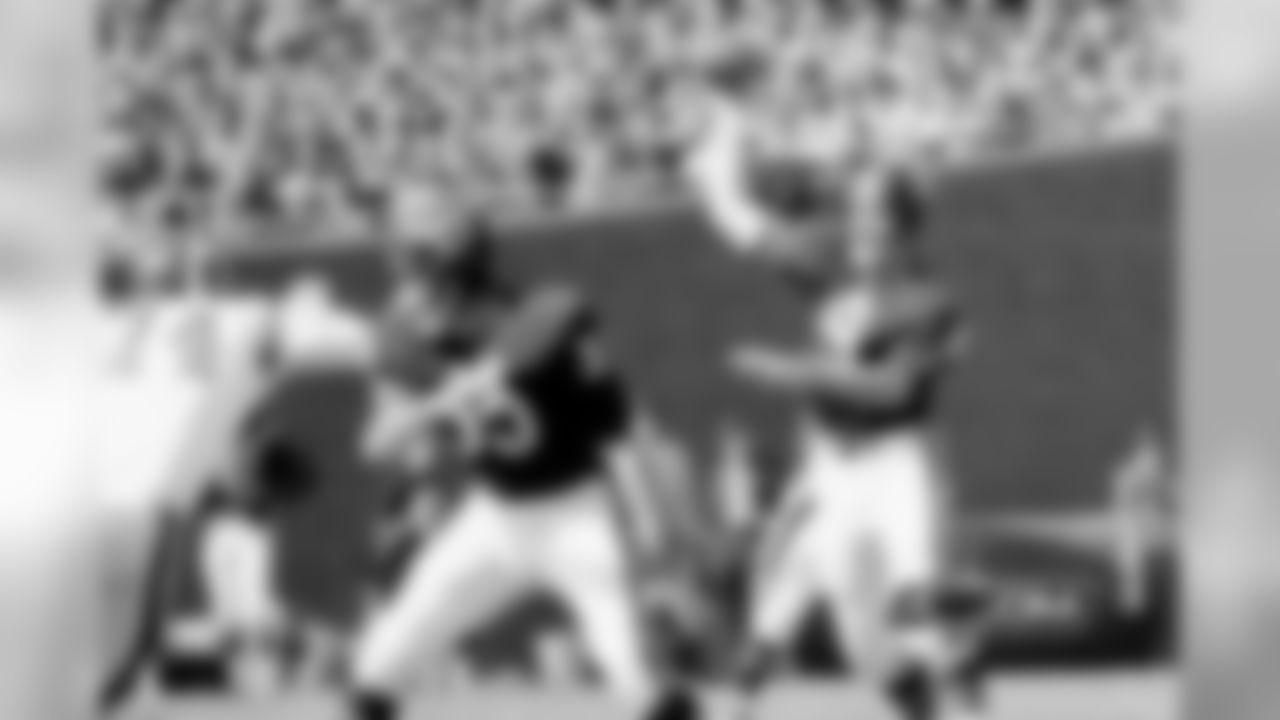
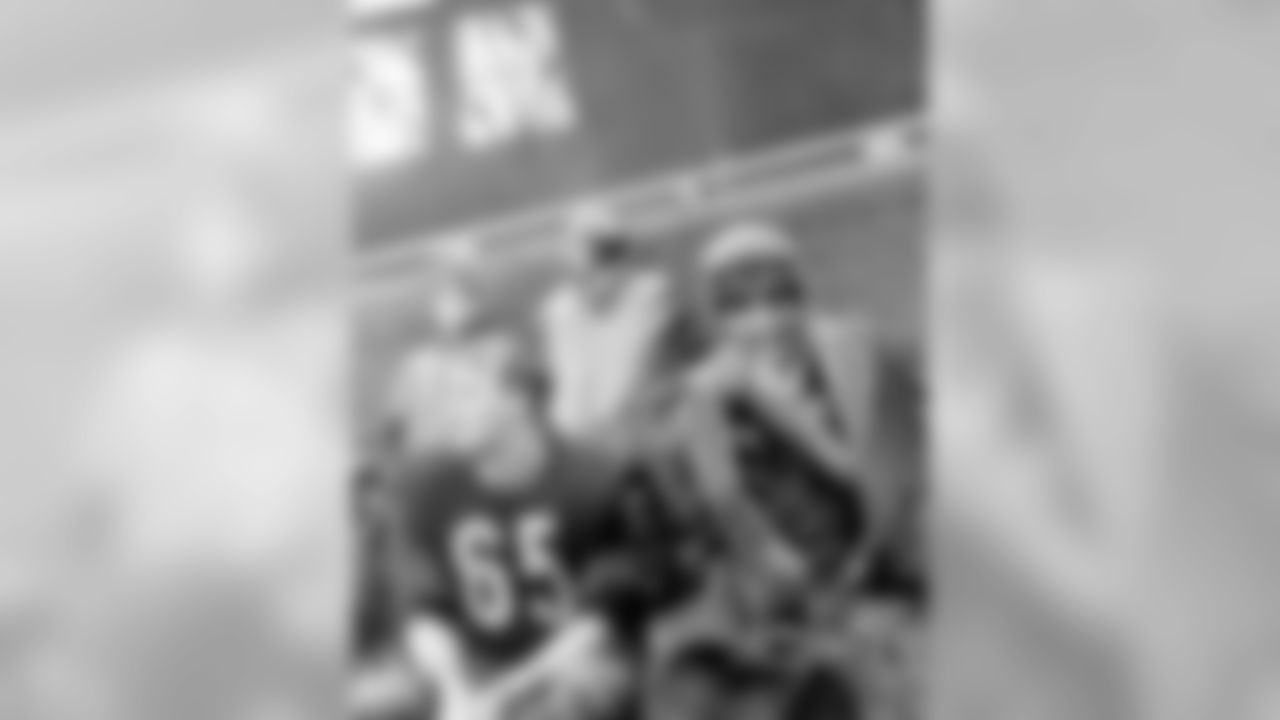
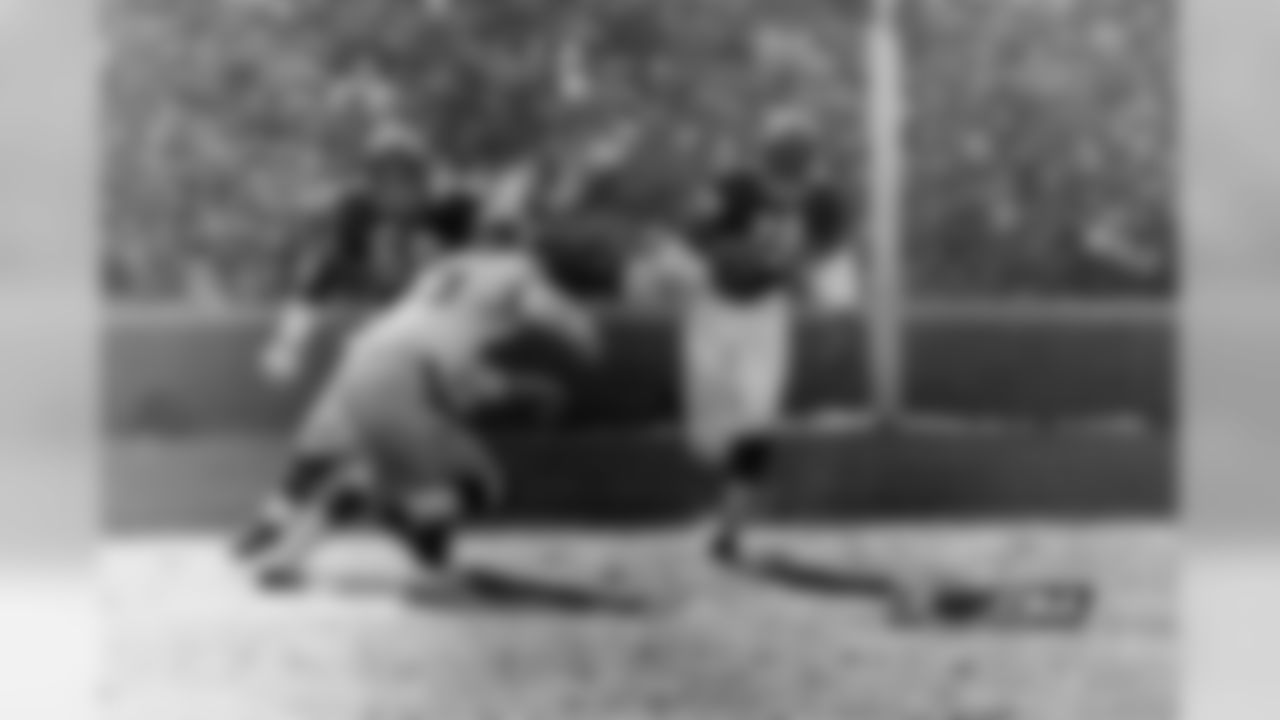
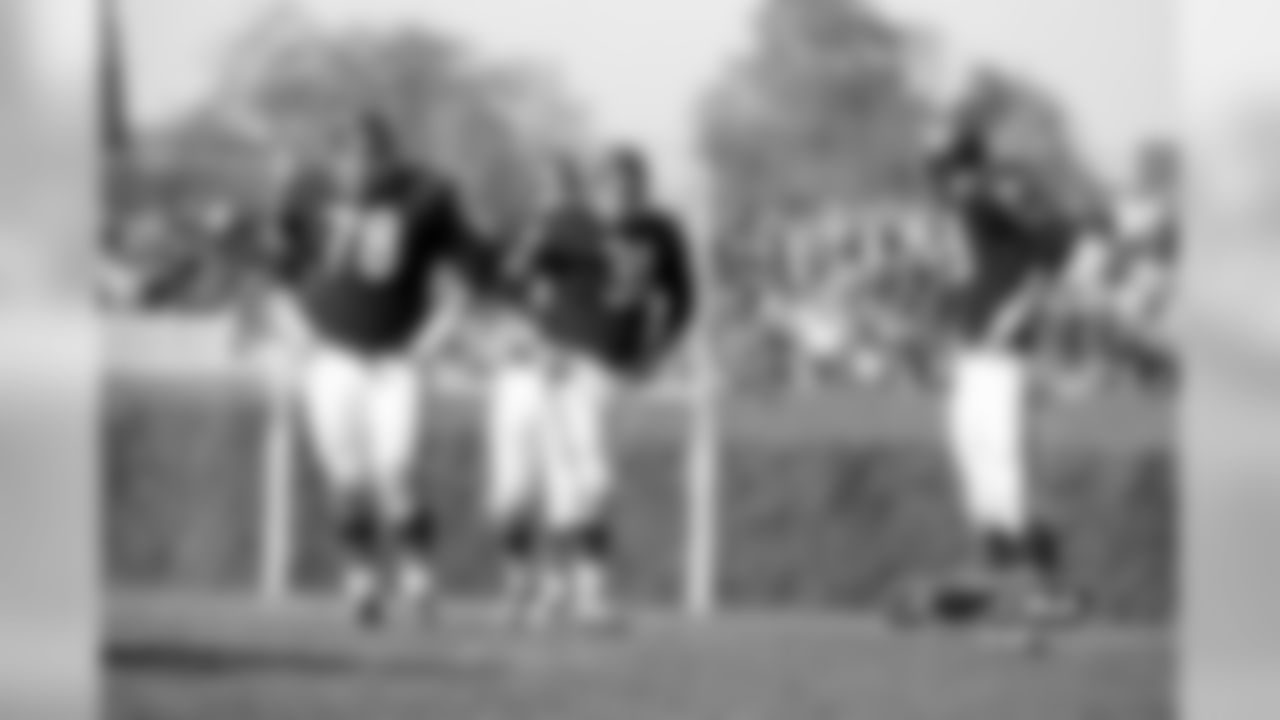
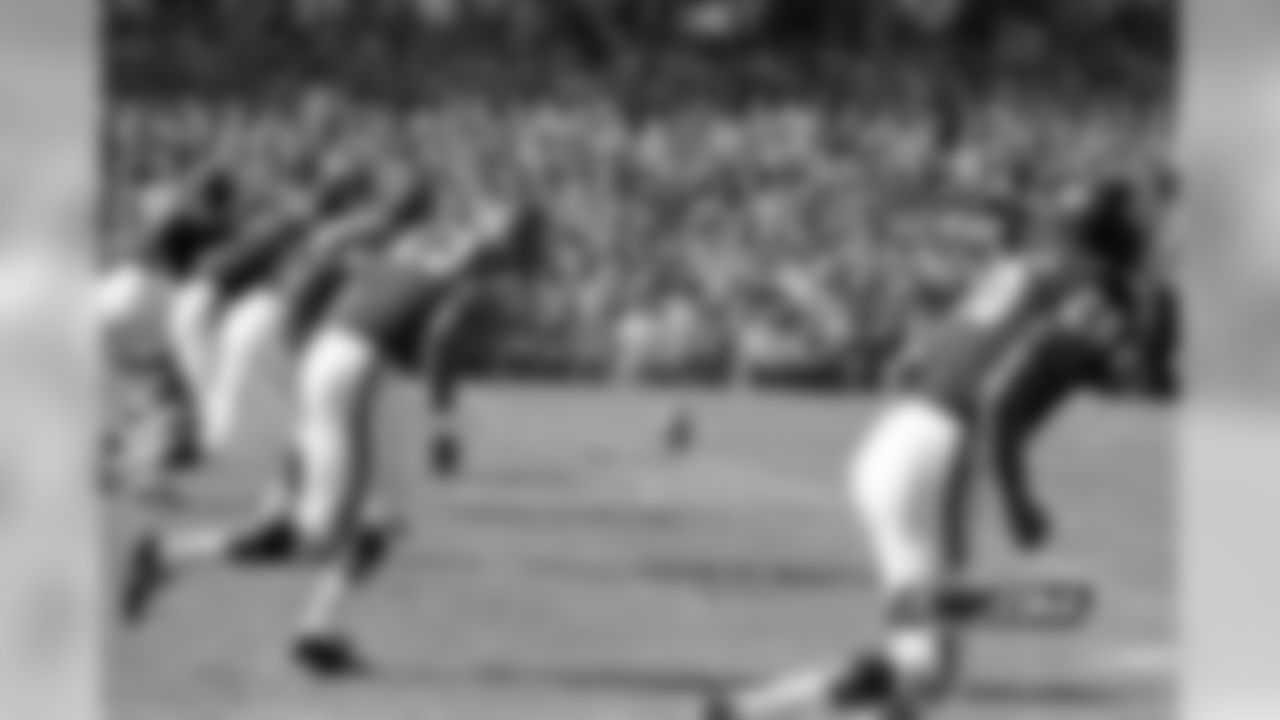
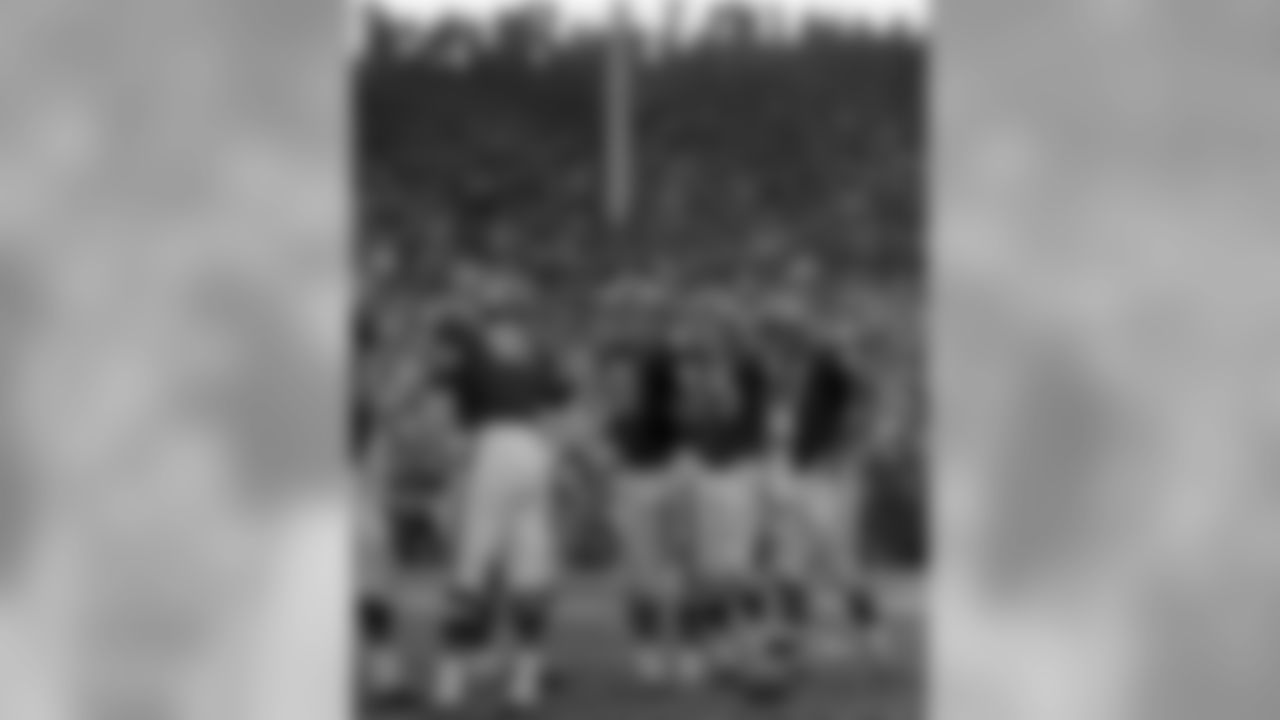
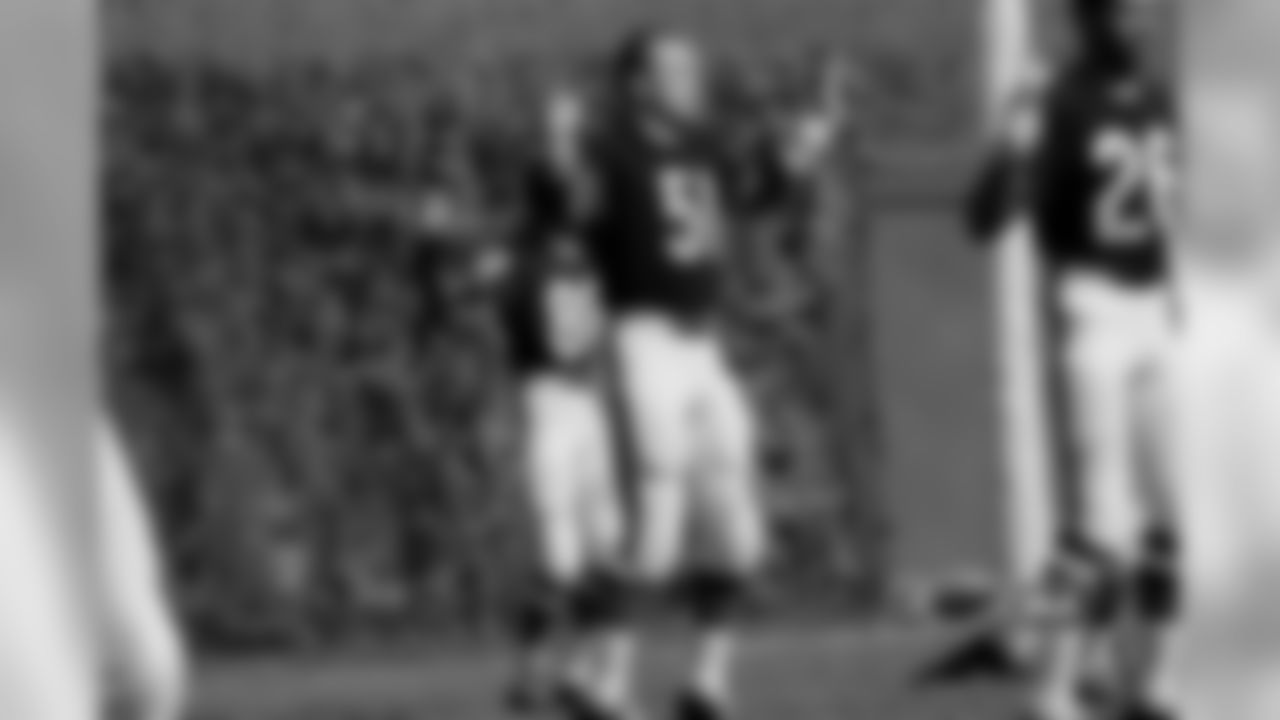
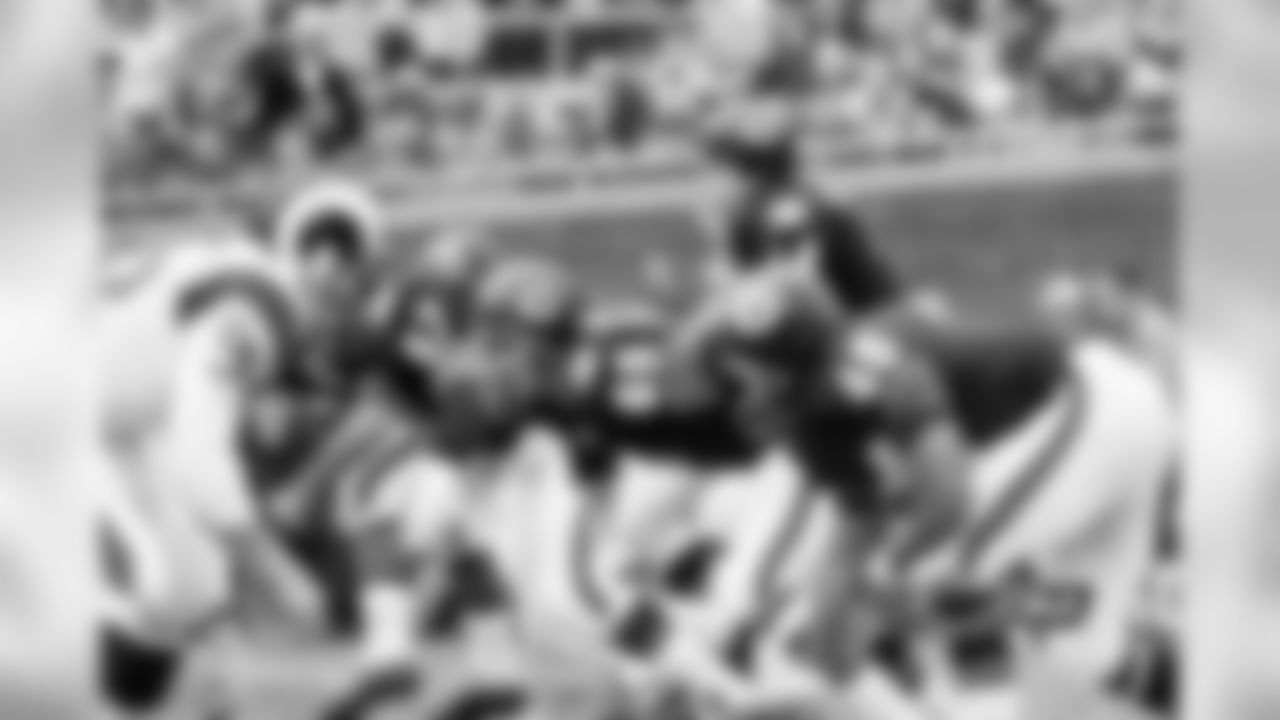
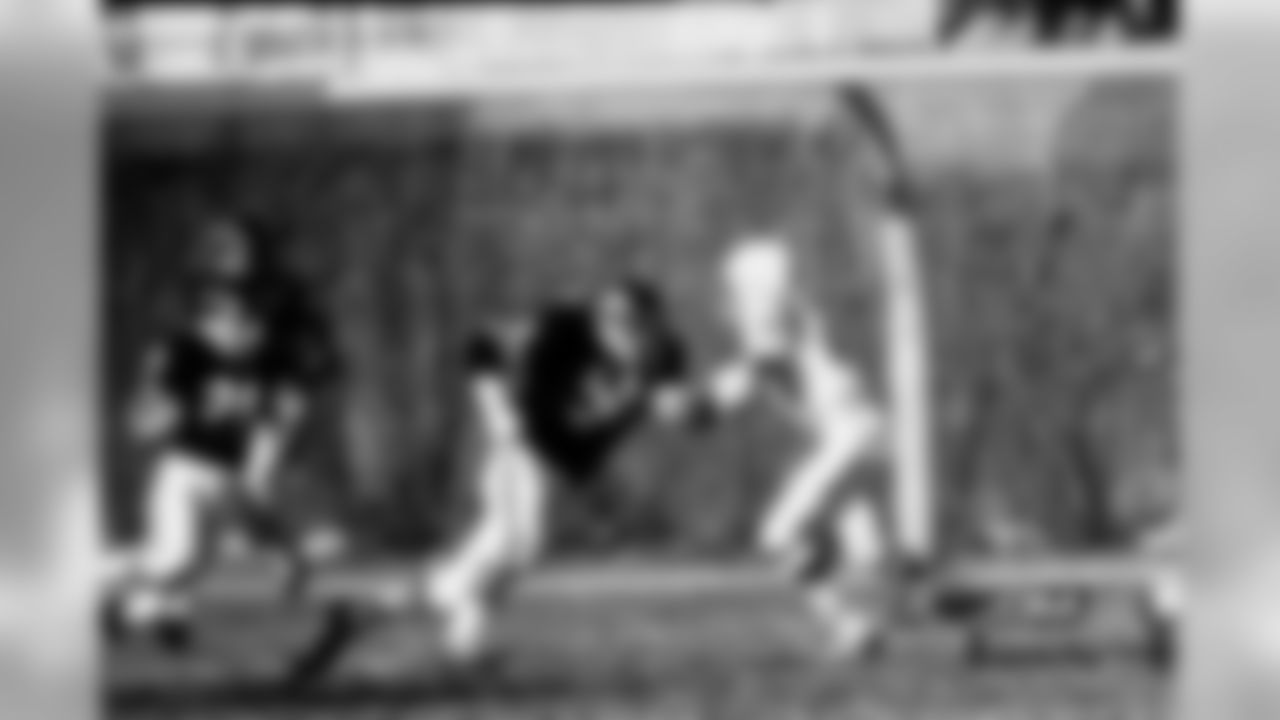
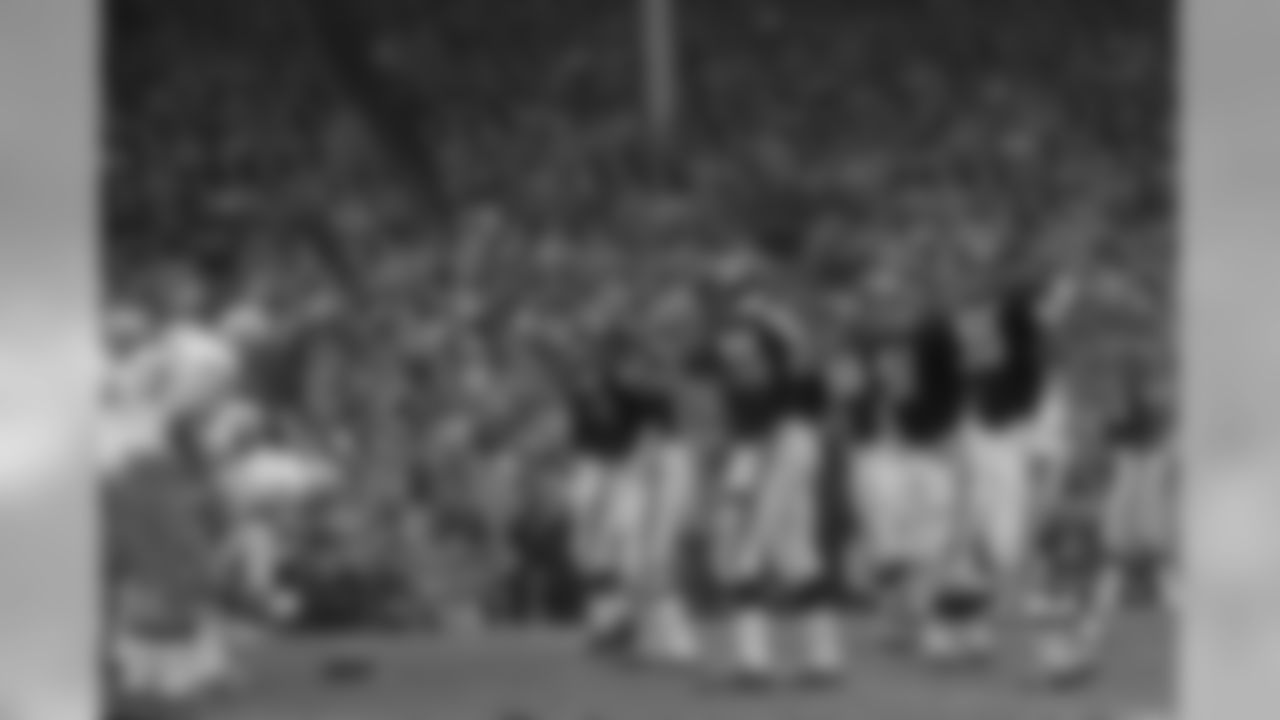
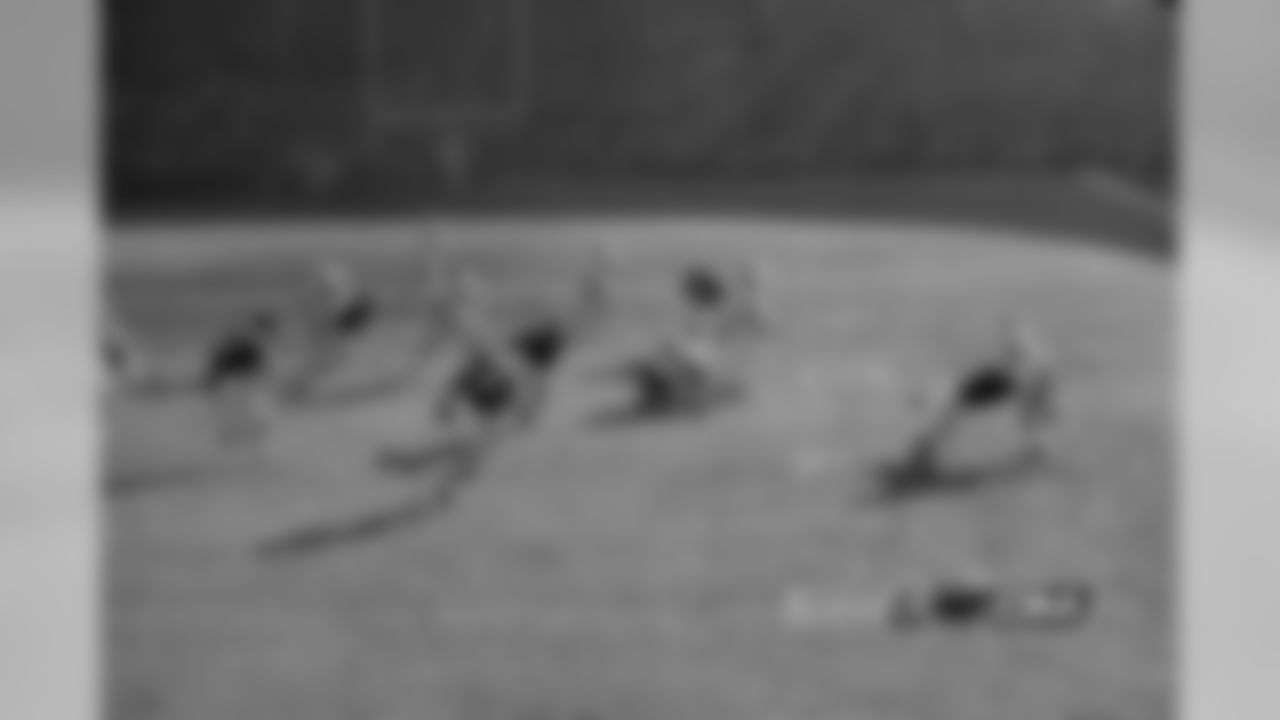
As the '70 season went along, with the remainder of the home games at Wrigley Field, Halas continued to seek options for future stadiums. In the spring of 1971, Bears management toured Arlington Park racetrack, but it did not hold enough spectators to fit the football team's needs. There was Comiskey Park, the ballpark of the White Sox, but that venue had the same scheduling conflicts and space constrictions as the home of the Cubs. And then there was Soldier Field, on the city's lakefront, which could seat more fans but was not a proper design for football. By the time the 1971 schedule was released, with the Bears set to open Week 1 at home versus the Steelers, Halas was unsure if he'd have a home stadium and considered asking the NFL to relocate the game to Pittsburgh.
"Once the Bears sort of announced their intentions to leave Wrigley but they really didn't have a place to play yet," said Cubs historian Ed Hartig. "They talked about going to Northwestern, but the Big Ten had actually vetoed that and wouldn't allow it. So PK Wrigley said 'Hey, if you want, you can come back (to Wrigley Field) as you look?' And Halas was considering it. It actually was pretty late when the Bears announced they were going to Soldier Field. It wasn't until mid-May of 1971 that the Bears made the formal announcement they were going to relocate."
Despite its design flaws, Soldier Field was settled on the best option for the home of the Bears. No professional games had been played at the stadium since the Chicago Cardinals had departed for St. Louis in 1959, and was used as much for track and field as it was for football in the dozen years since. The Chicago Park District, which managed the venue, worked with the Bears to upgrade the facility to make it fit the team's standards. That included moving the playing field further south to give spectators a better view, installing artificial turf in place of the beat-up grass and adding backs to seats so that fans didn't have to sit on bleachers. Halas made sure to bring with him the temporary seats he'd purchased for the right field corner at Wrigley Field; the owner had them installed in the north end zone at Soldier Field.
* * * *
Forty-five years after the Bears stopped sharing Wrigley Field with the Cubs, both sides are happy. The Cubs have modernized Wrigley Field, adding lights and video boards, yet keeping its charm that it has held for more than a century. The Bears made the proper changes necessary to keep Soldier Field up to date and completely rebuilt the stadium in 2002. And the NFL made up for all the years the team had to start the season away from Chicago: Since 1971, the Bears have played at home in Week 1 34 years and been on the road just 11 times, including this season.
"We had no choice but leave Wrigley Field, it was just something that had to be done," McCaskey said. "We won several championships out at Wrigley Field, had many great seasons and wonderful memories there. But we needed the increased capacity and we needed to start the regular season at home."



